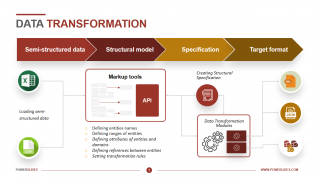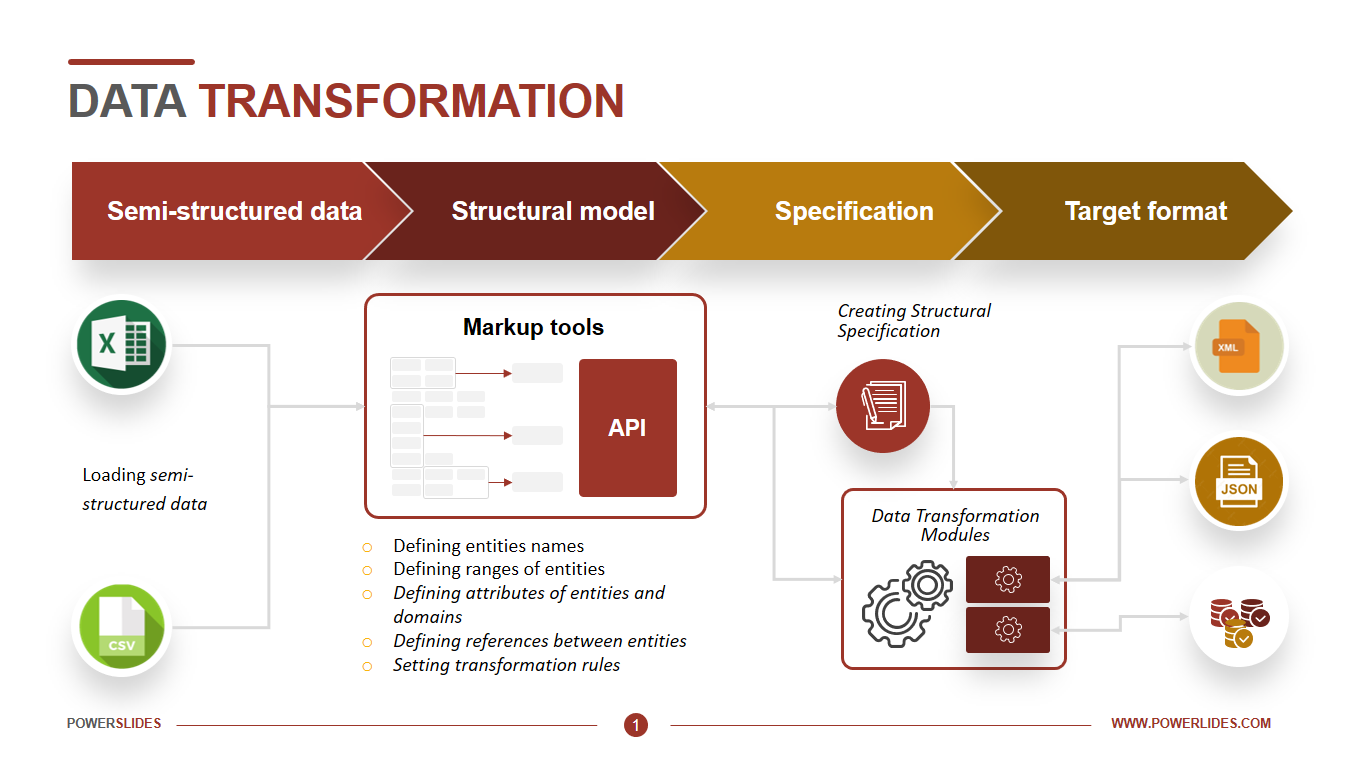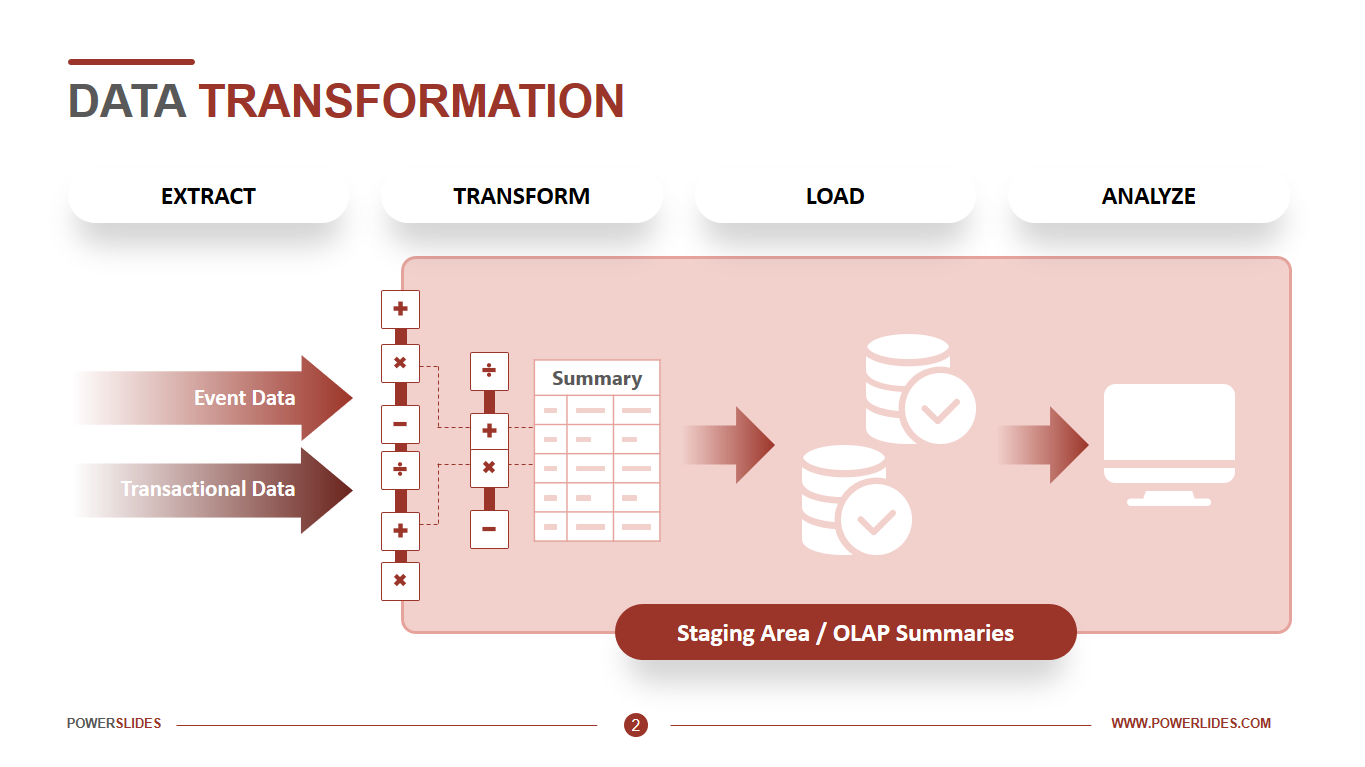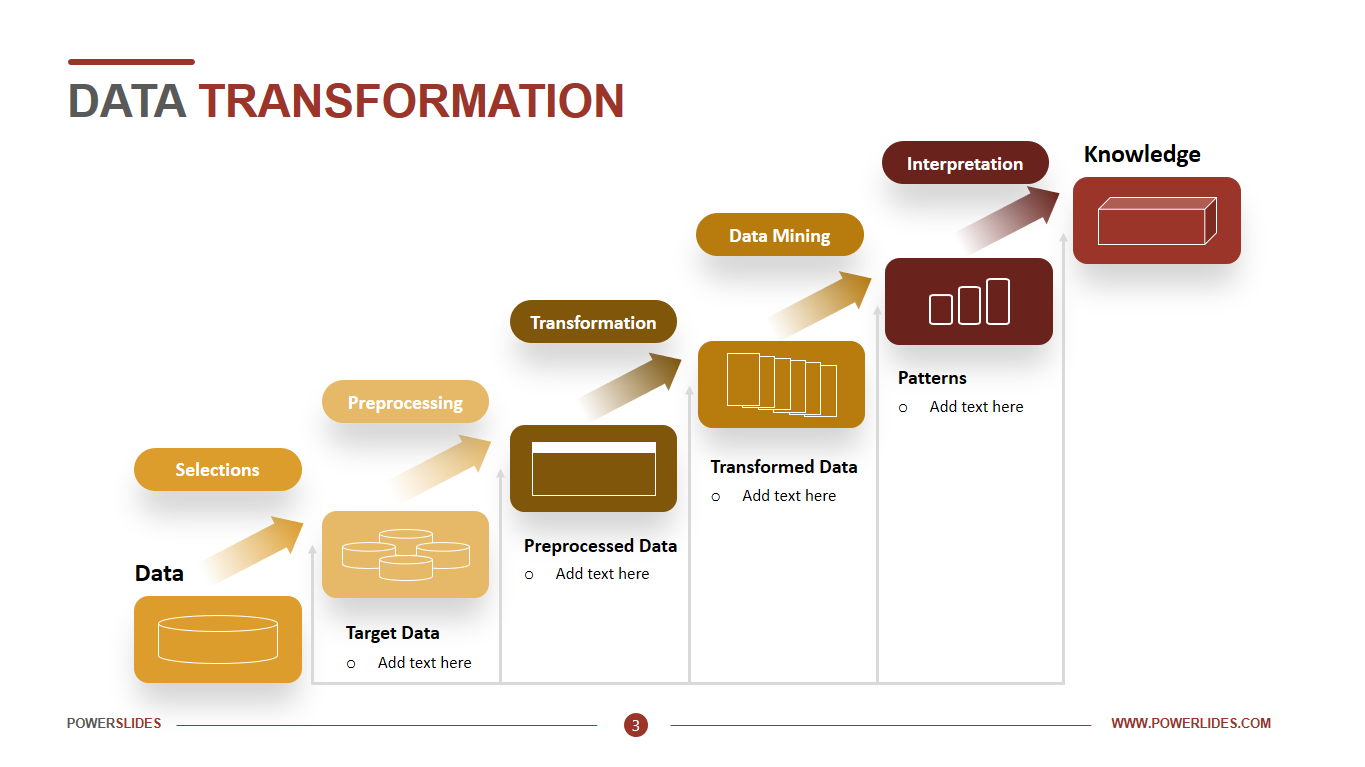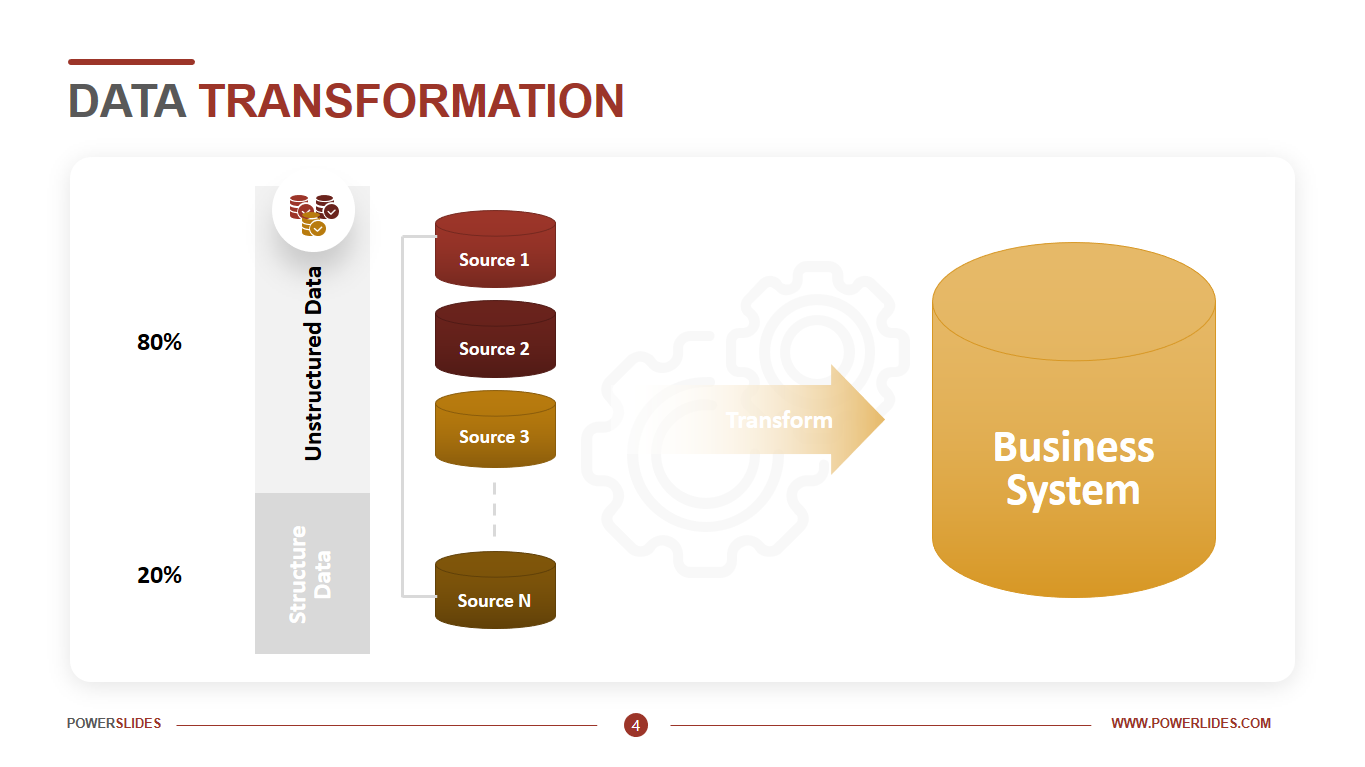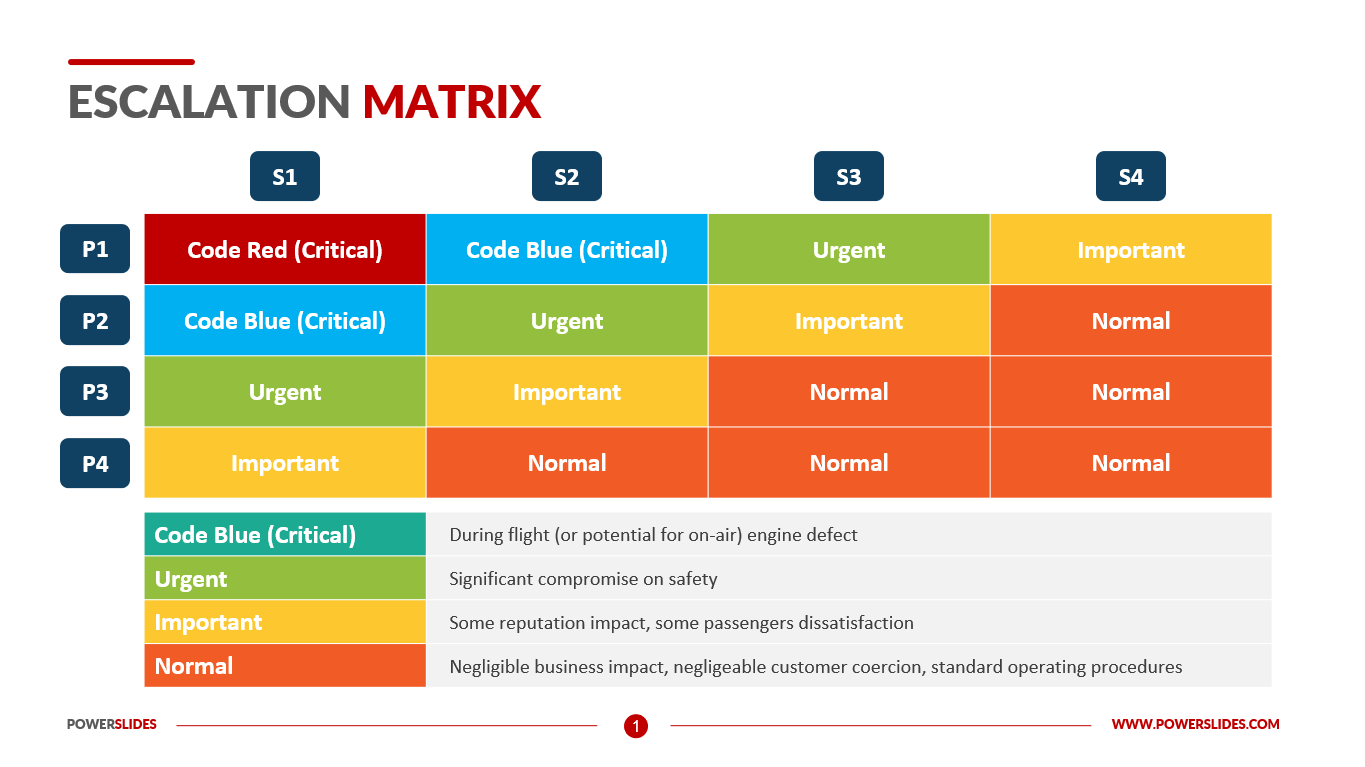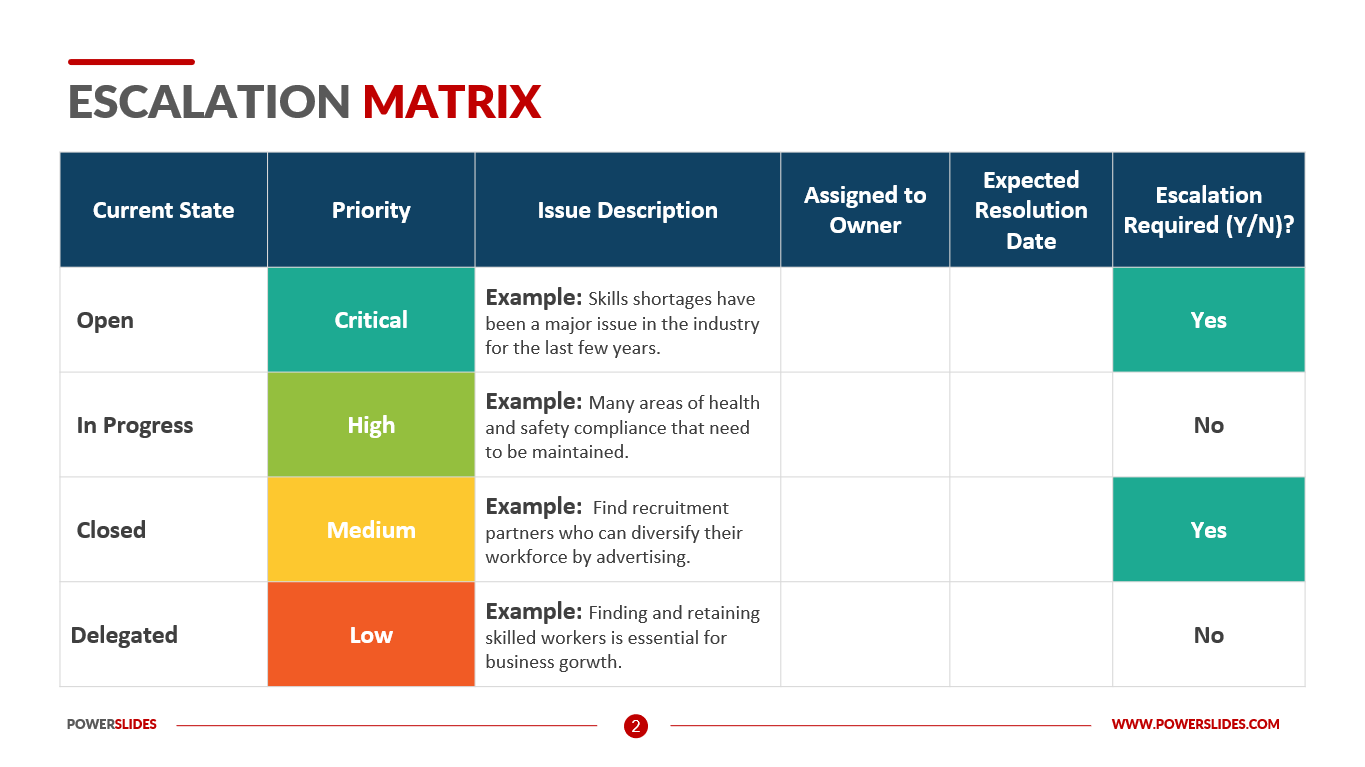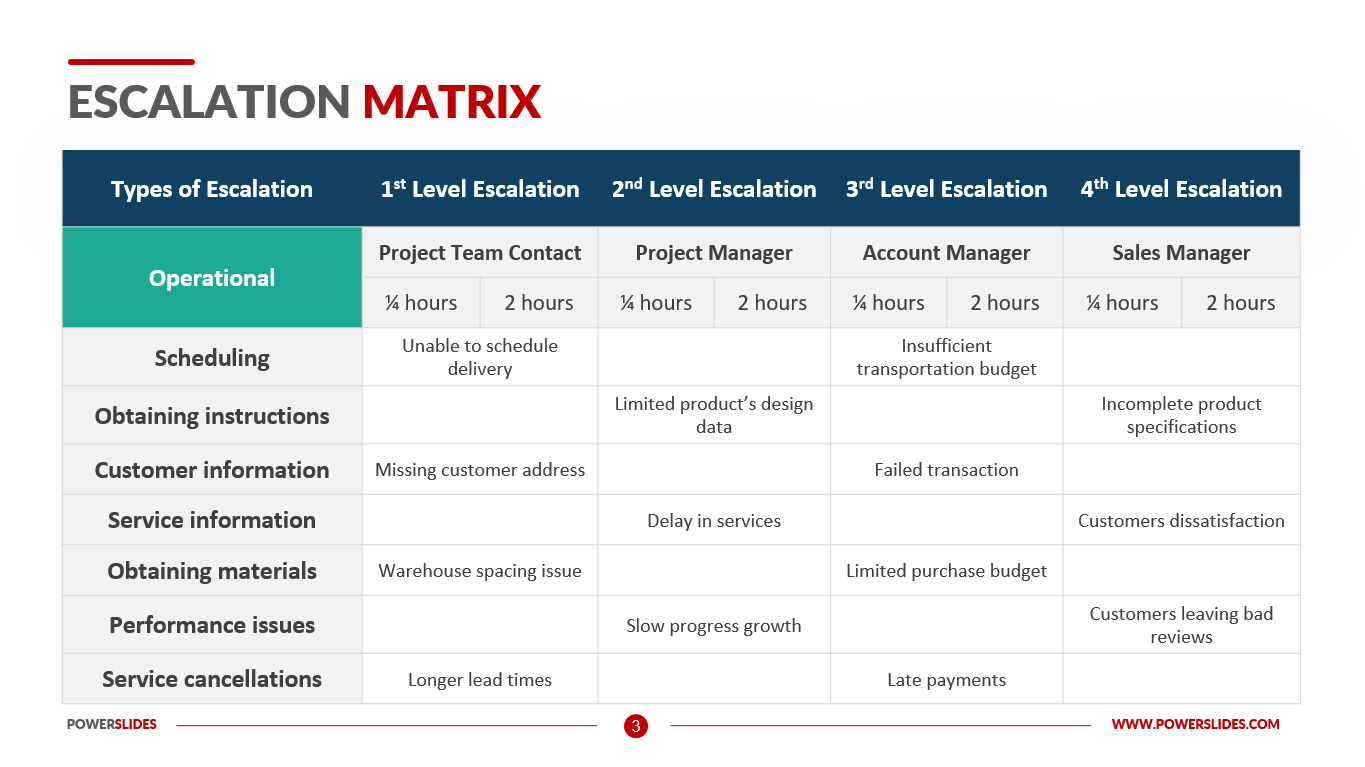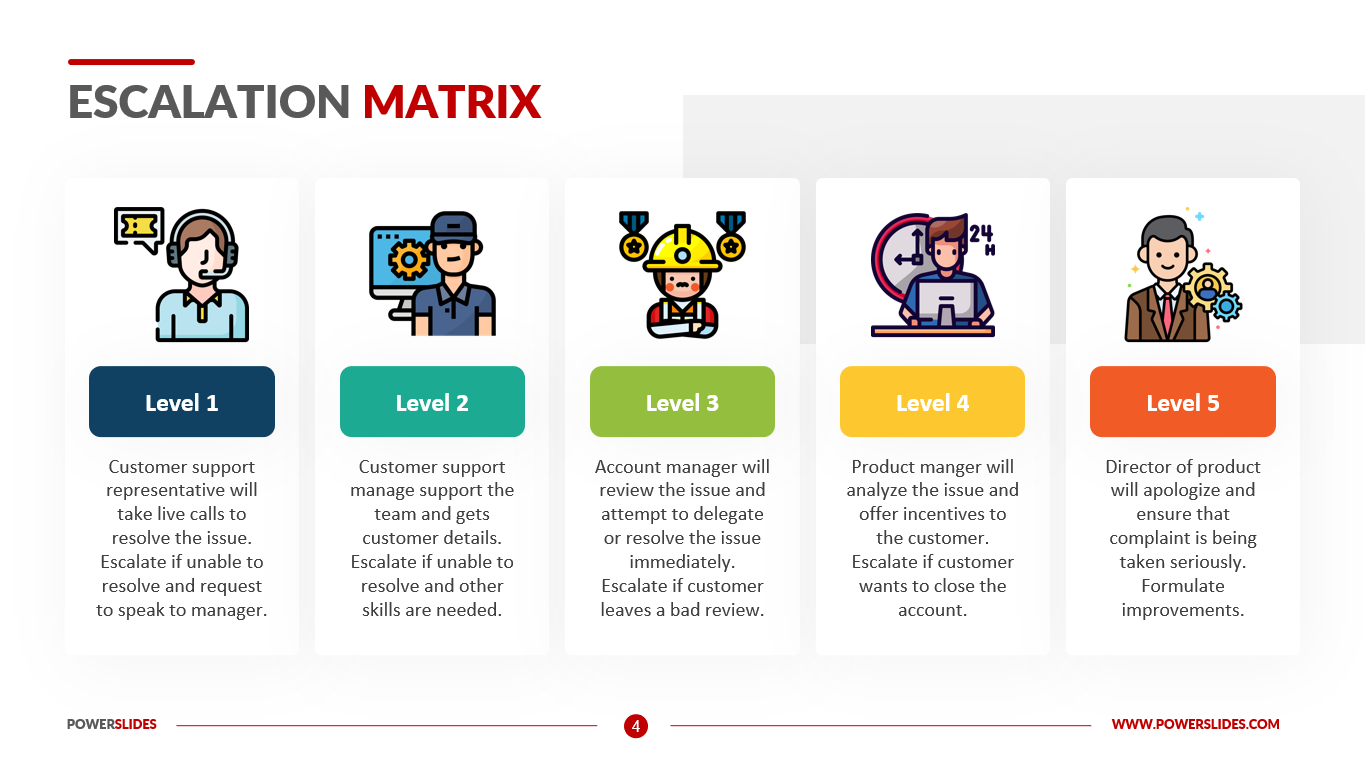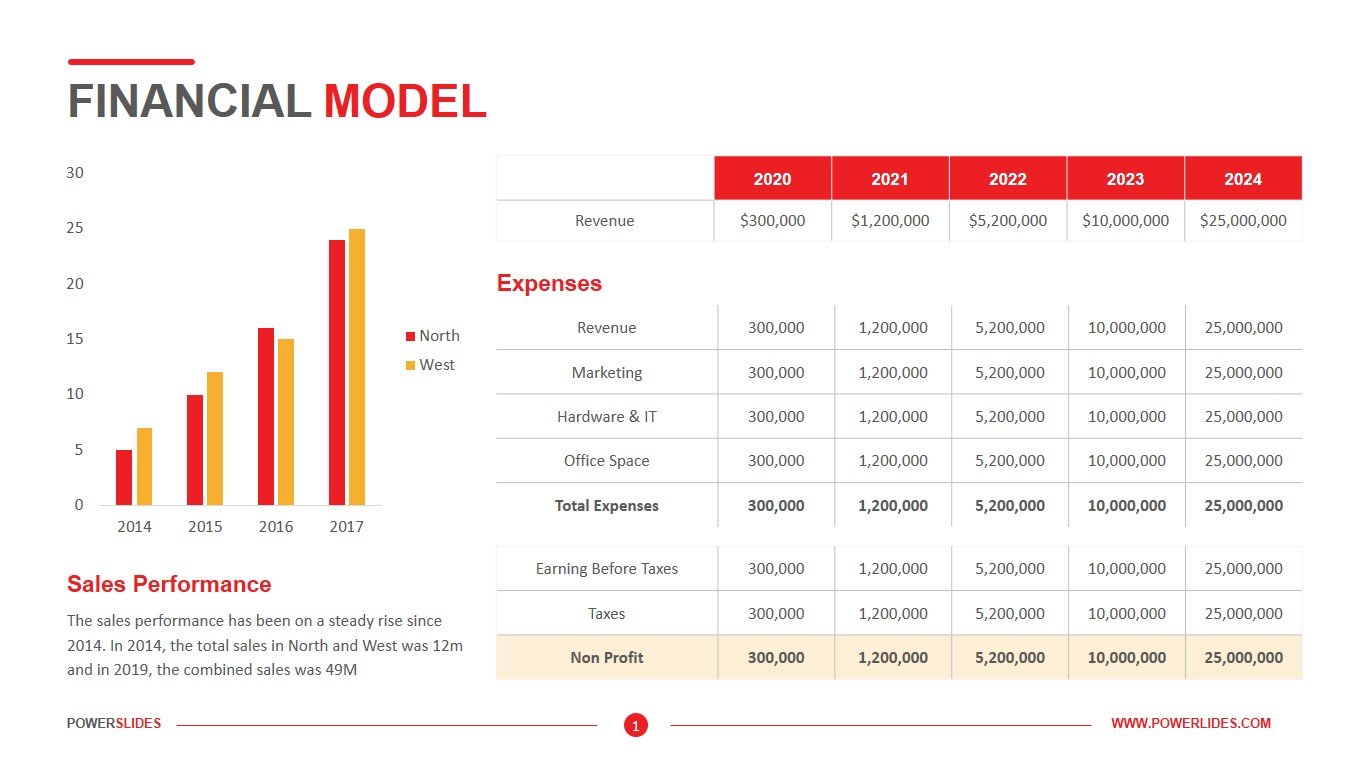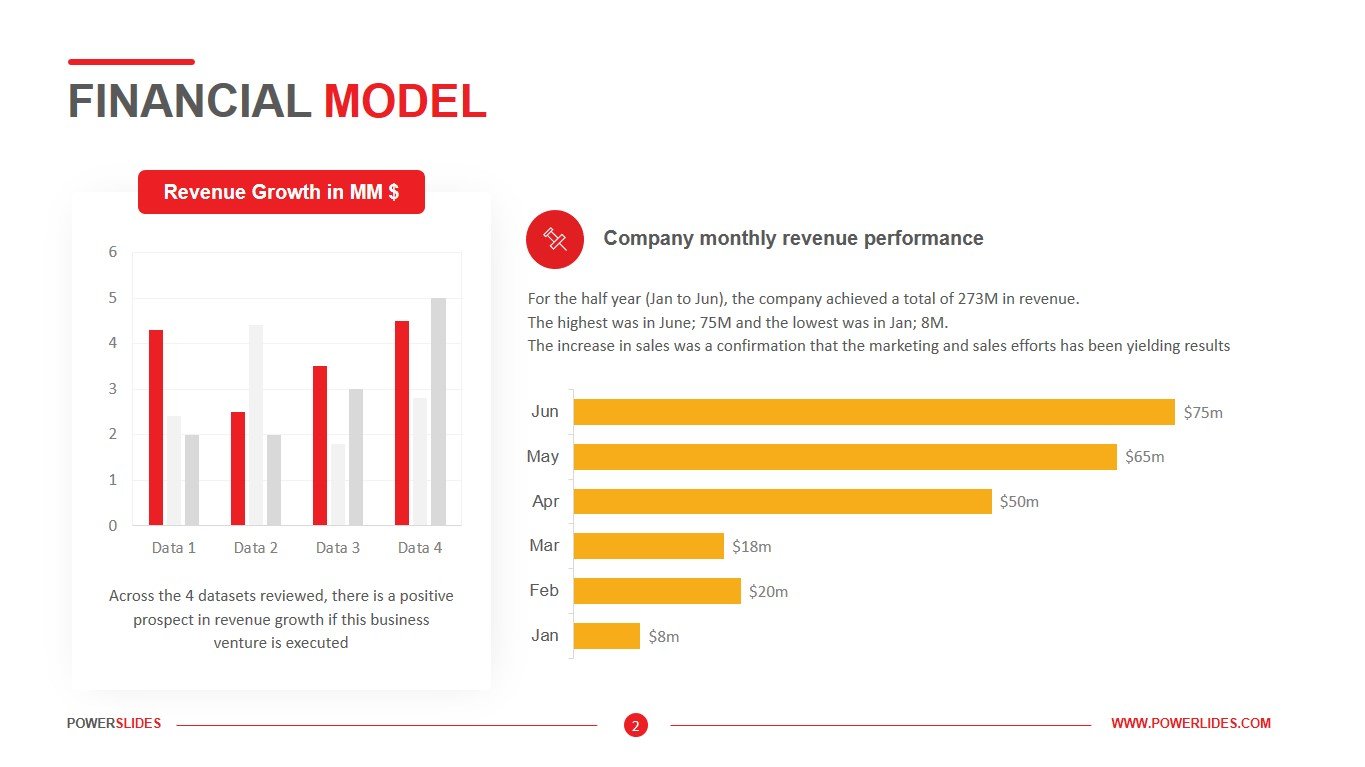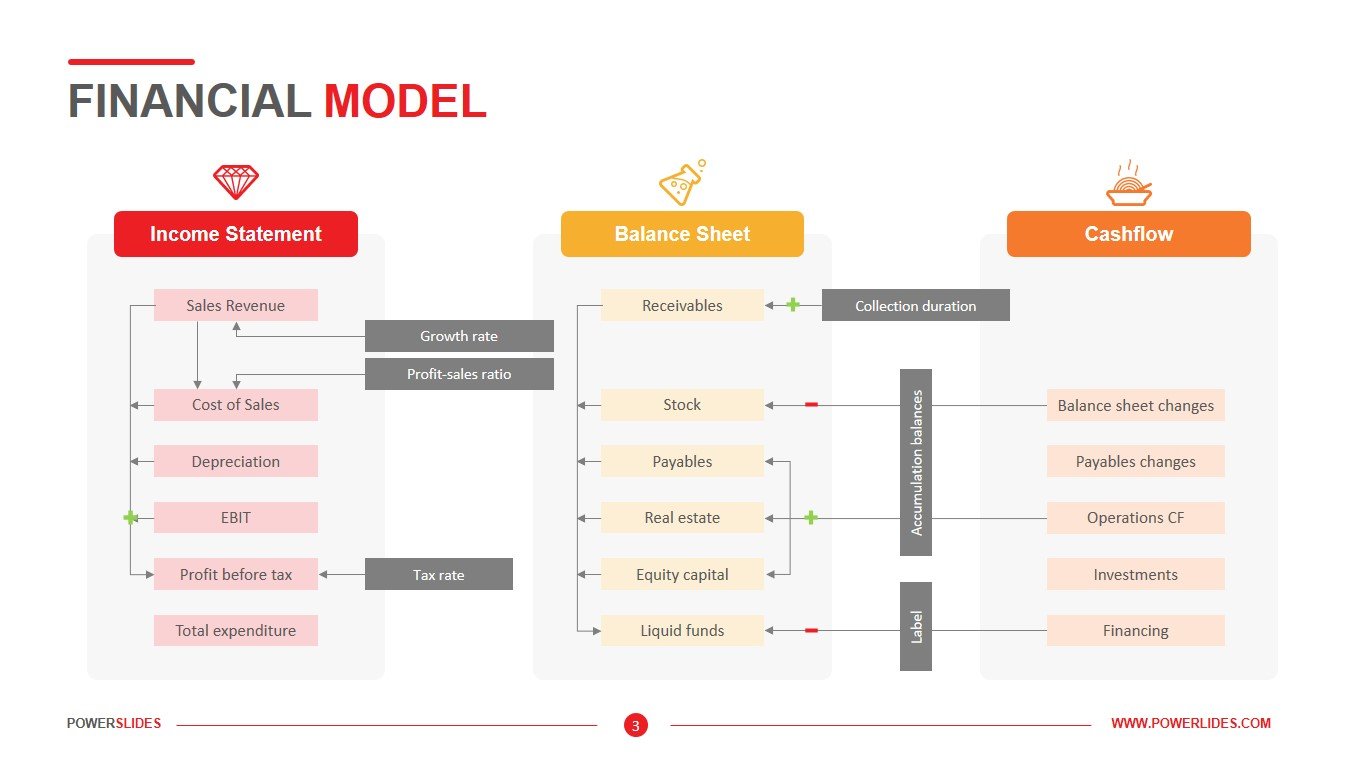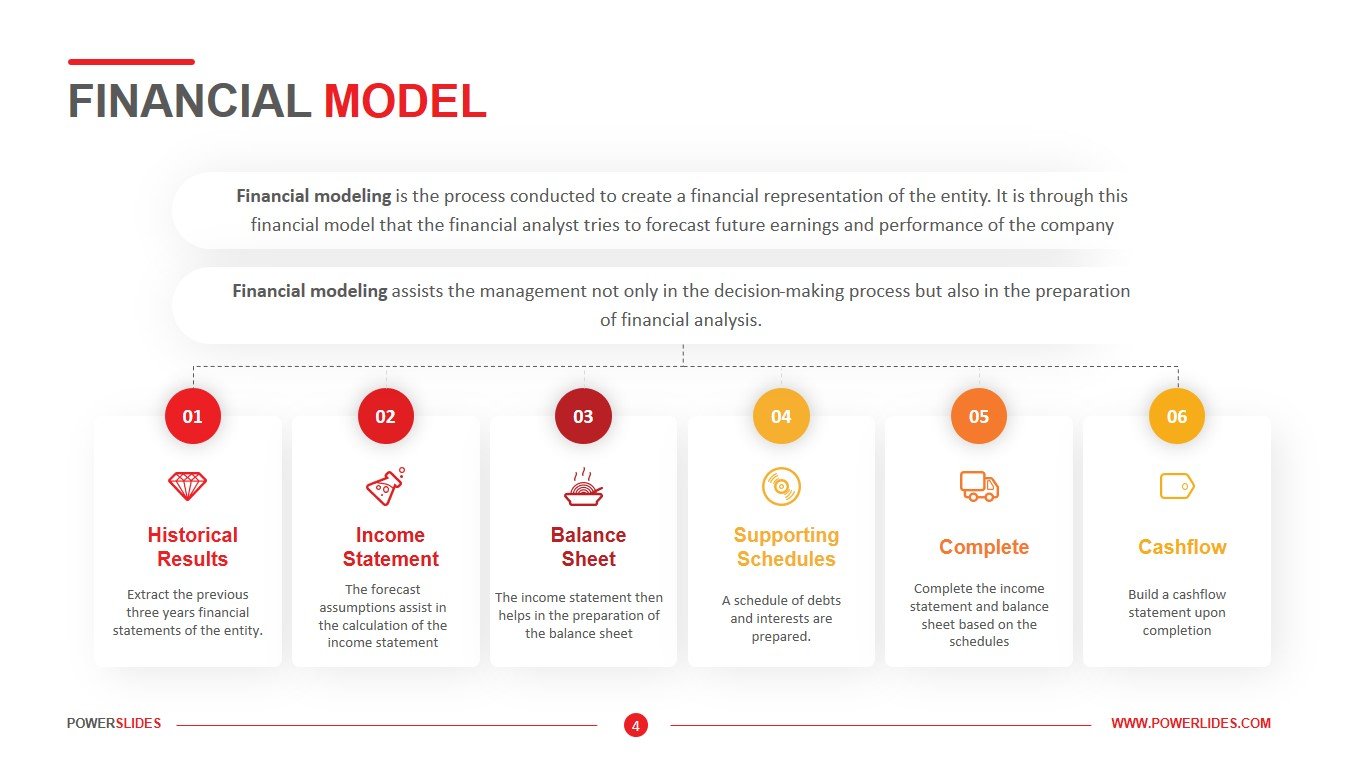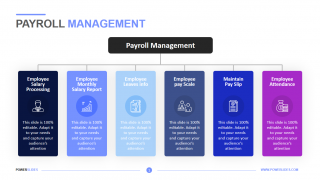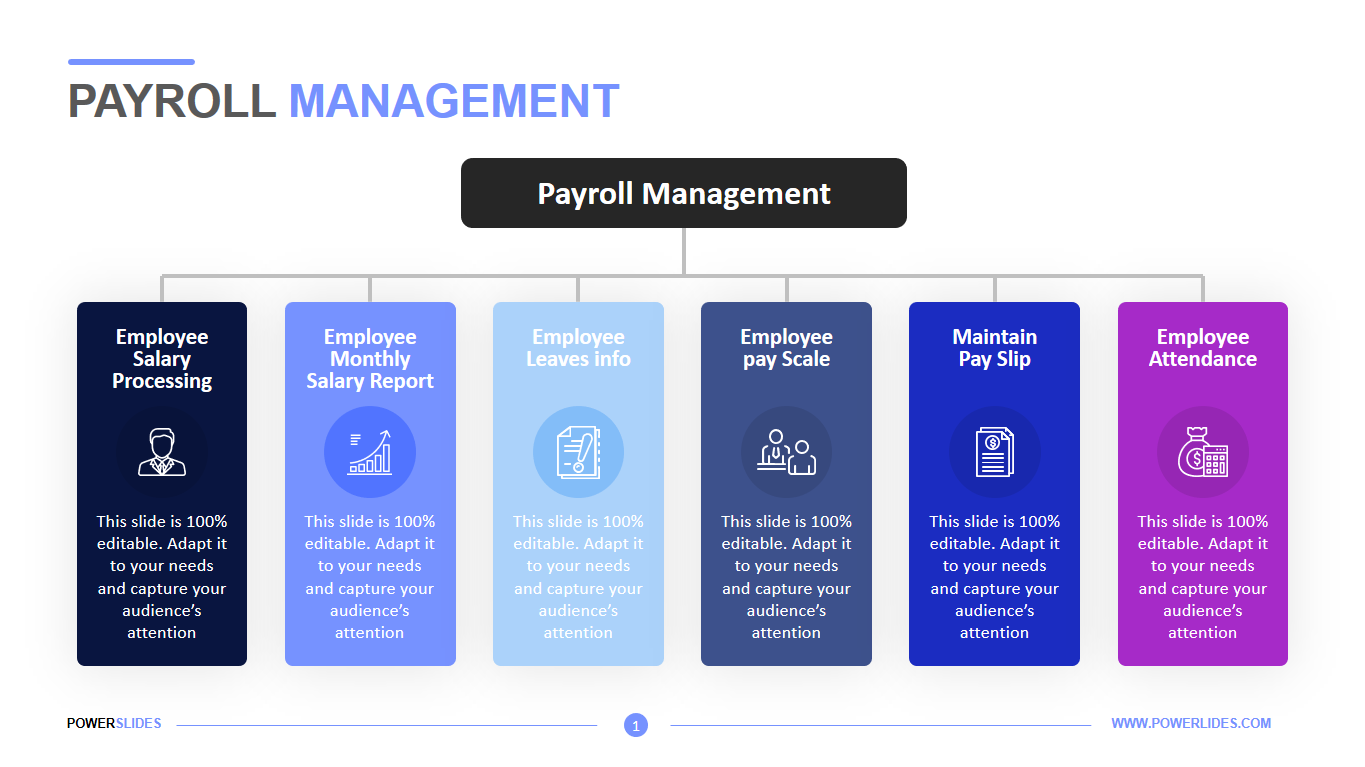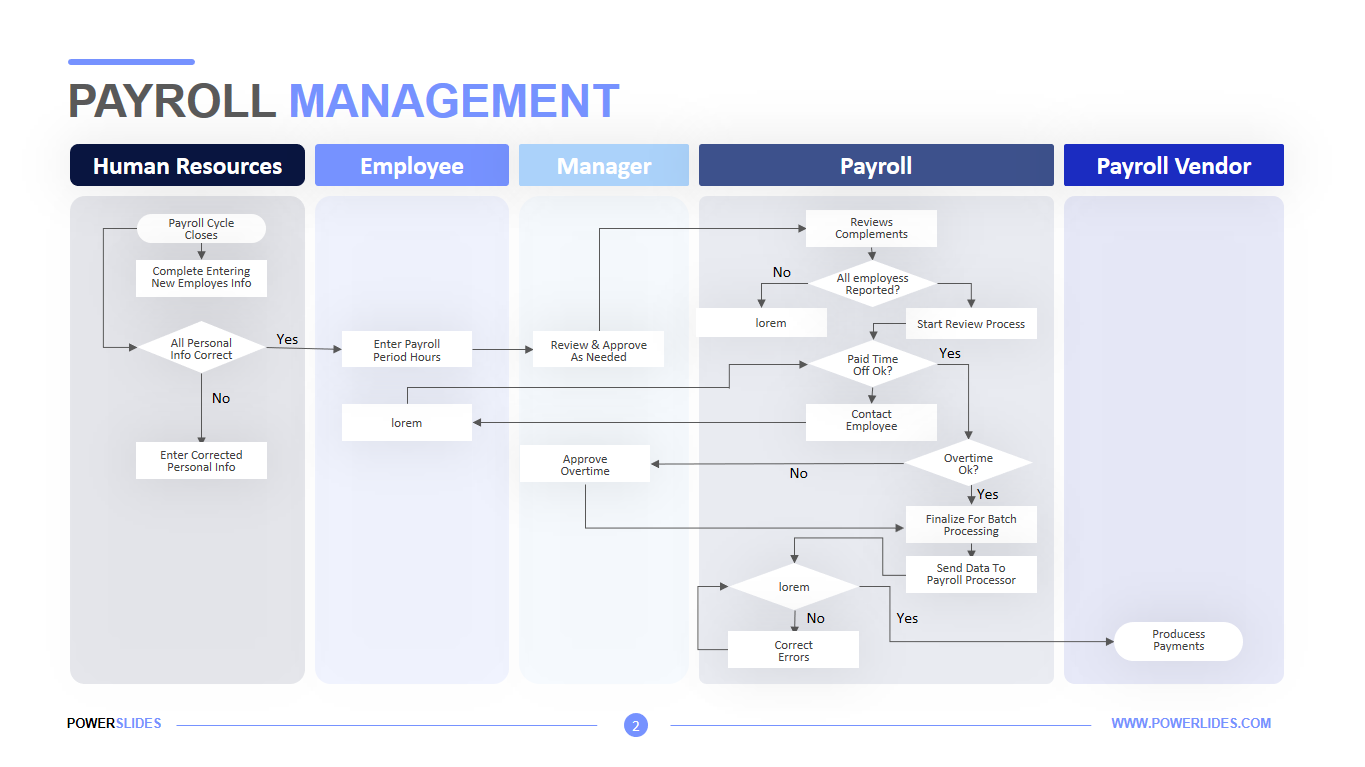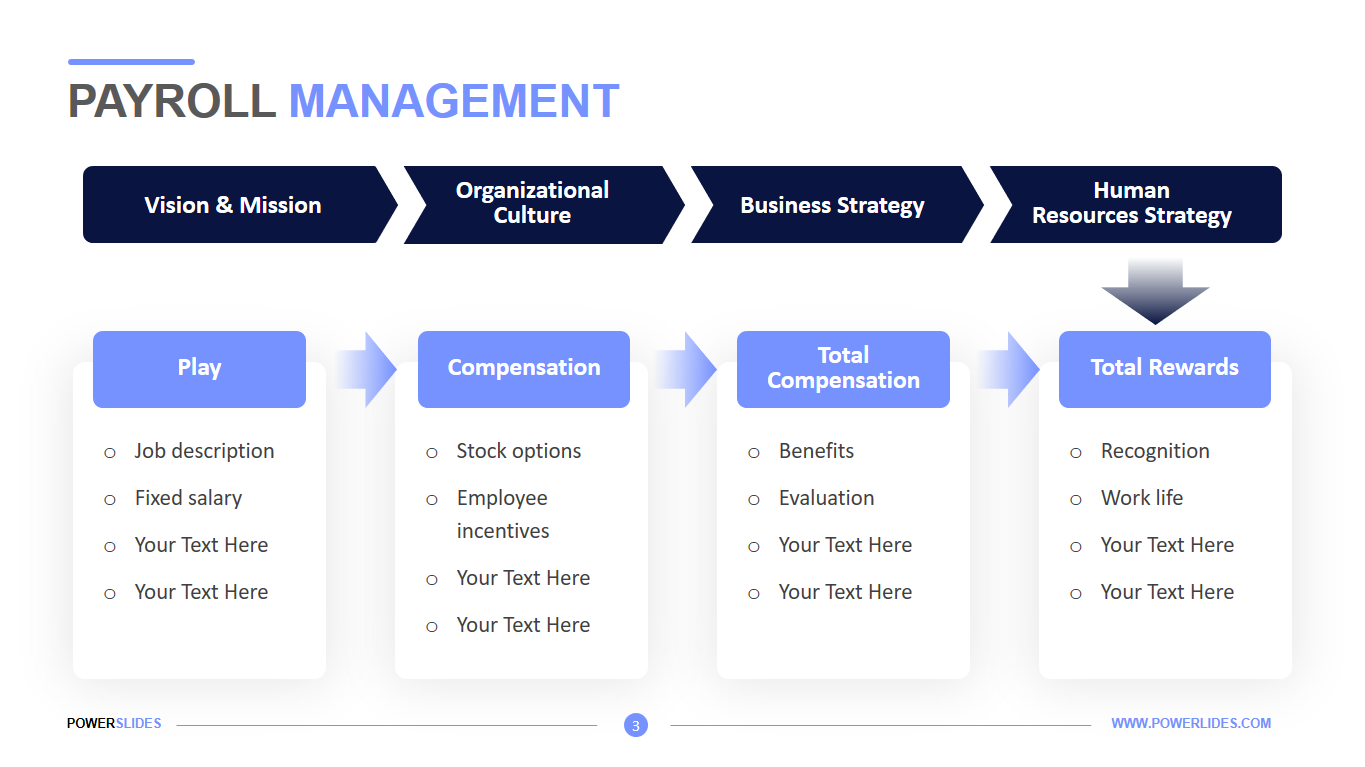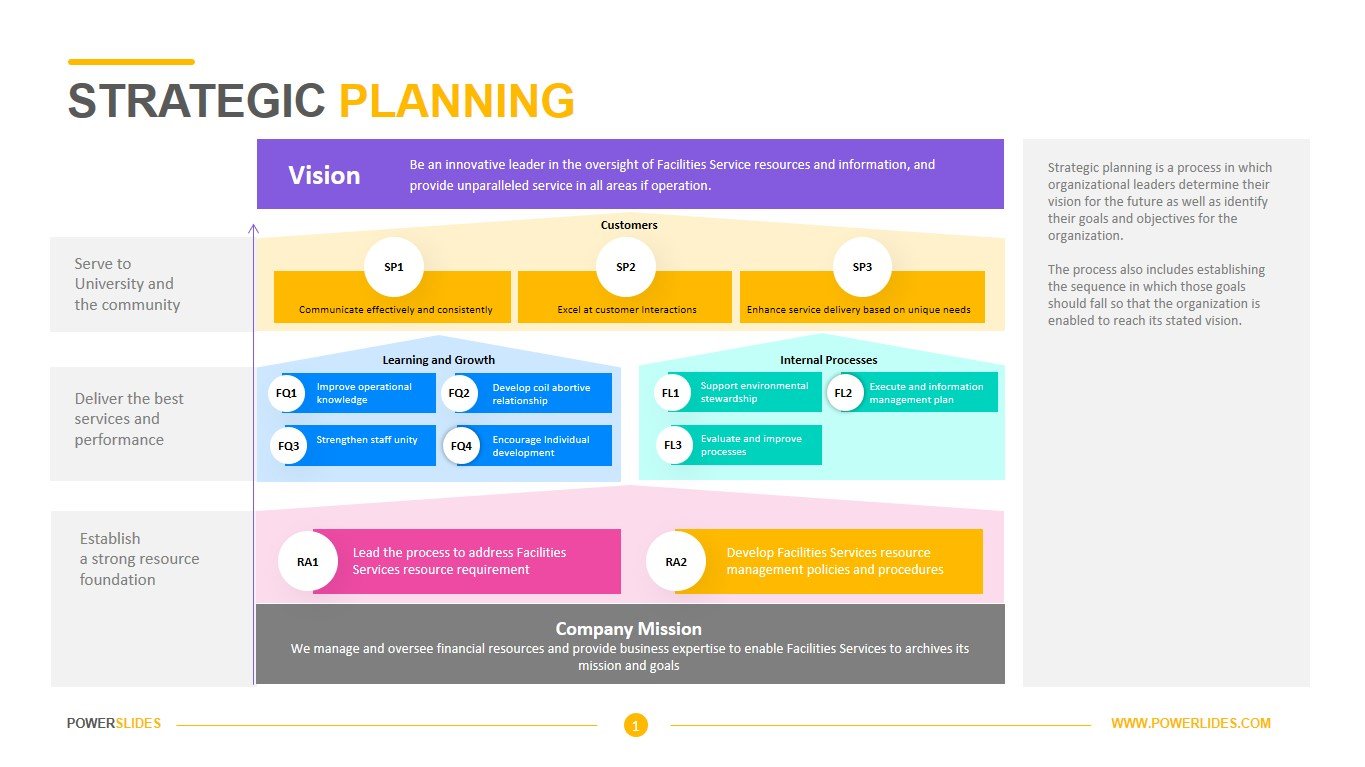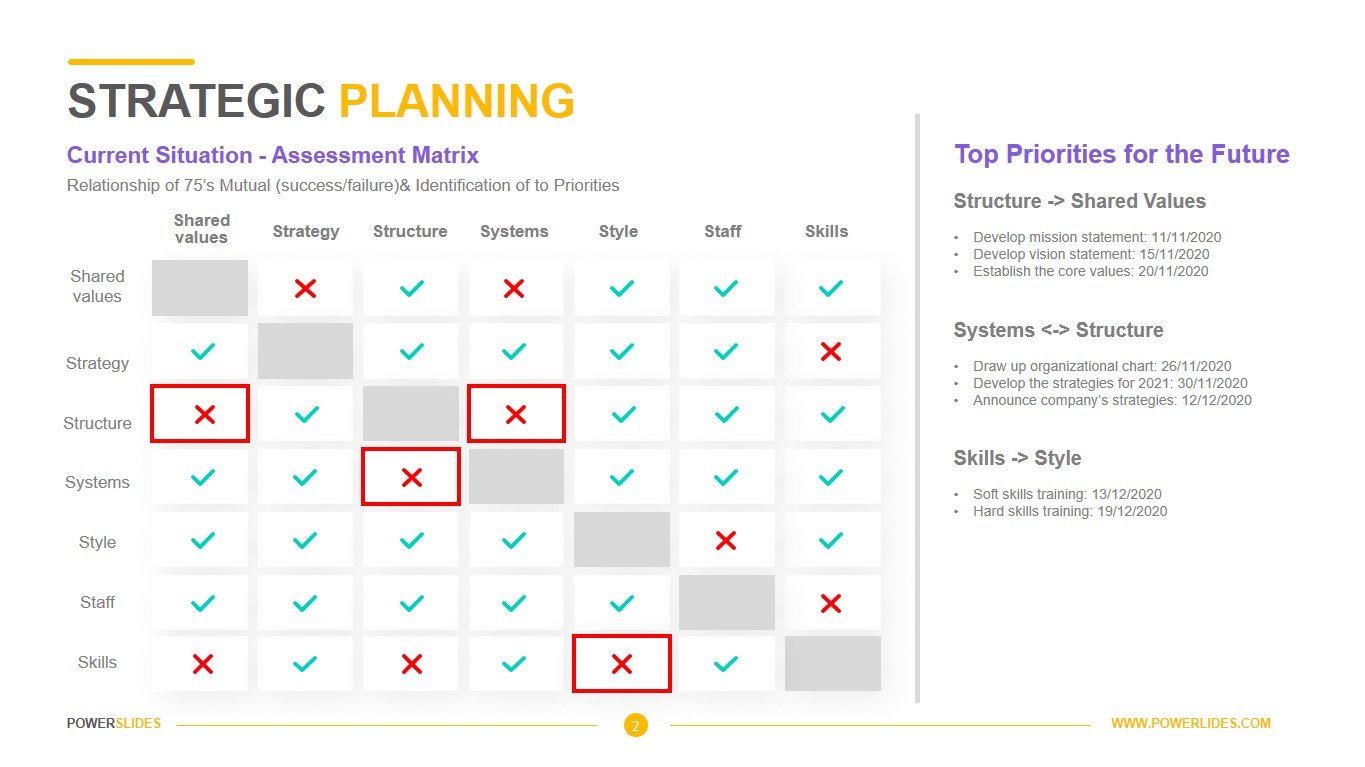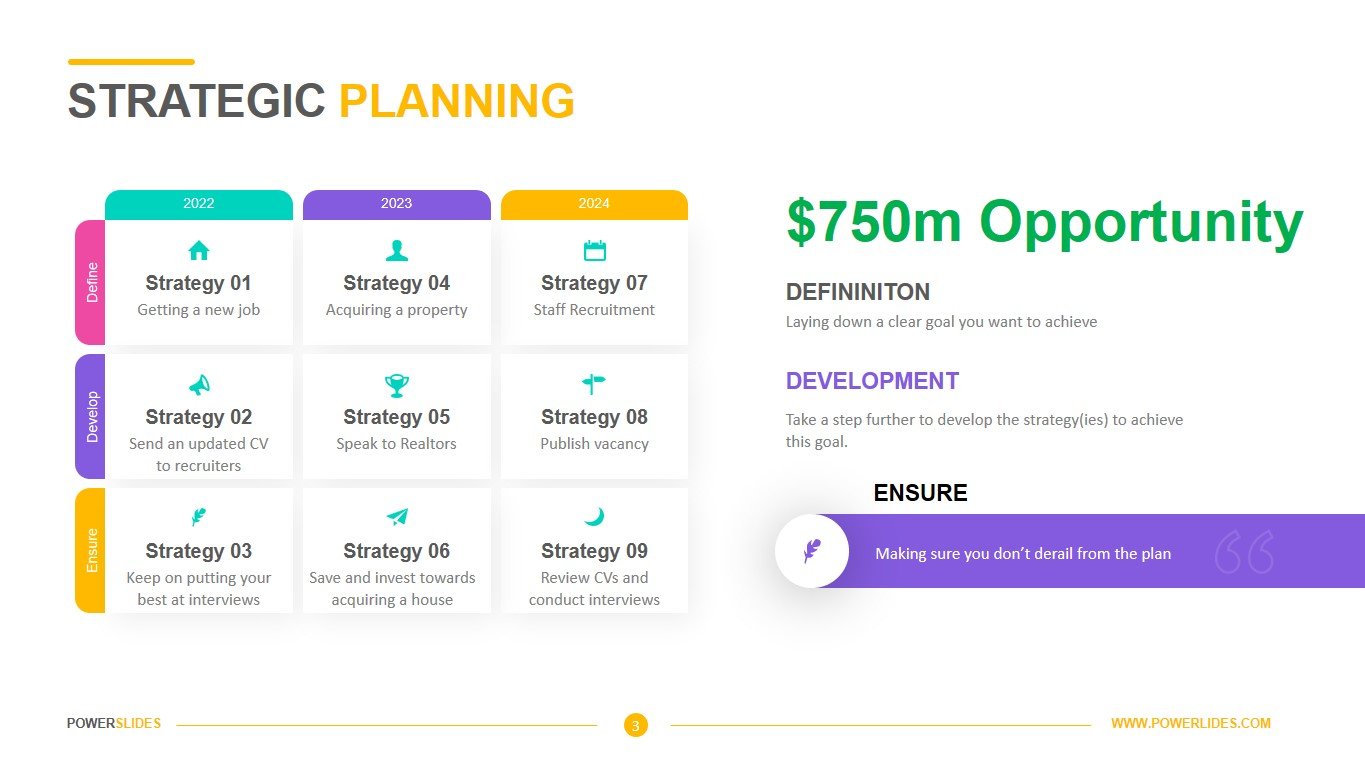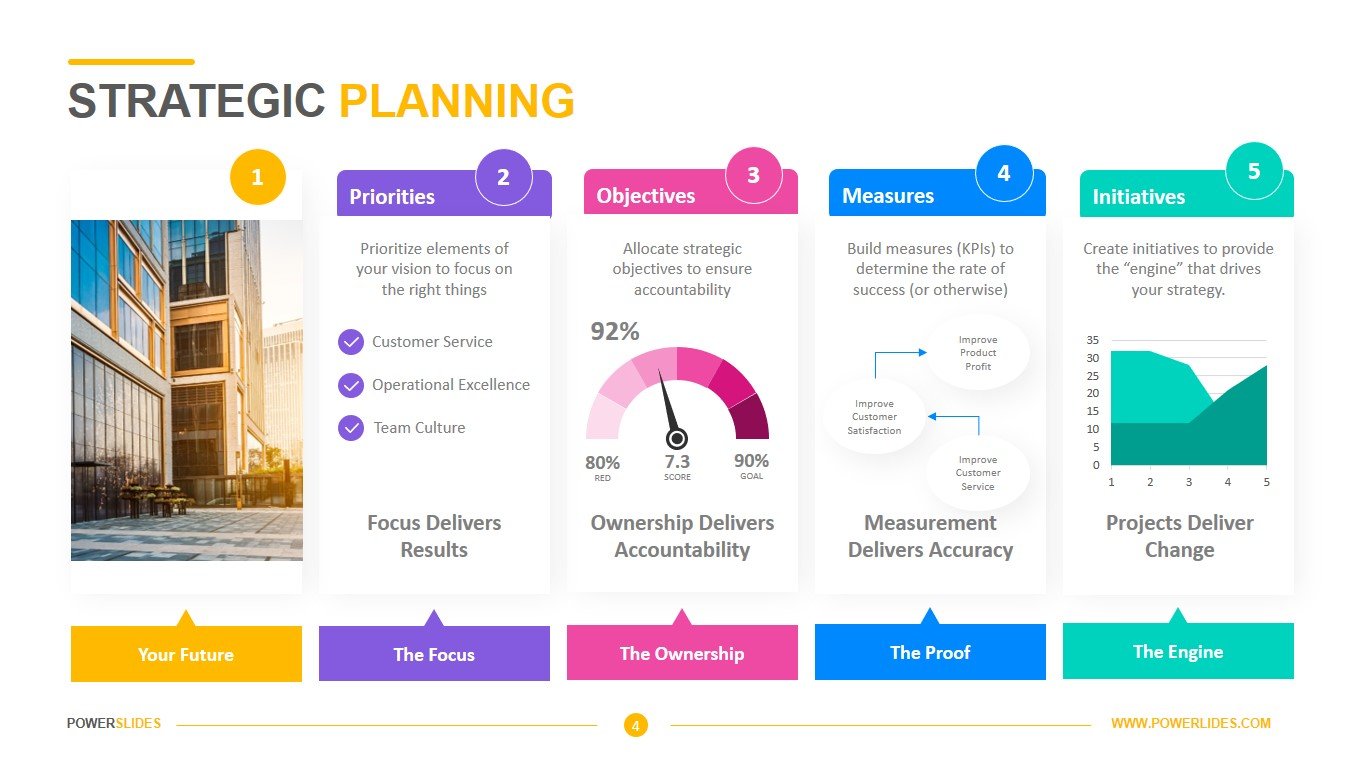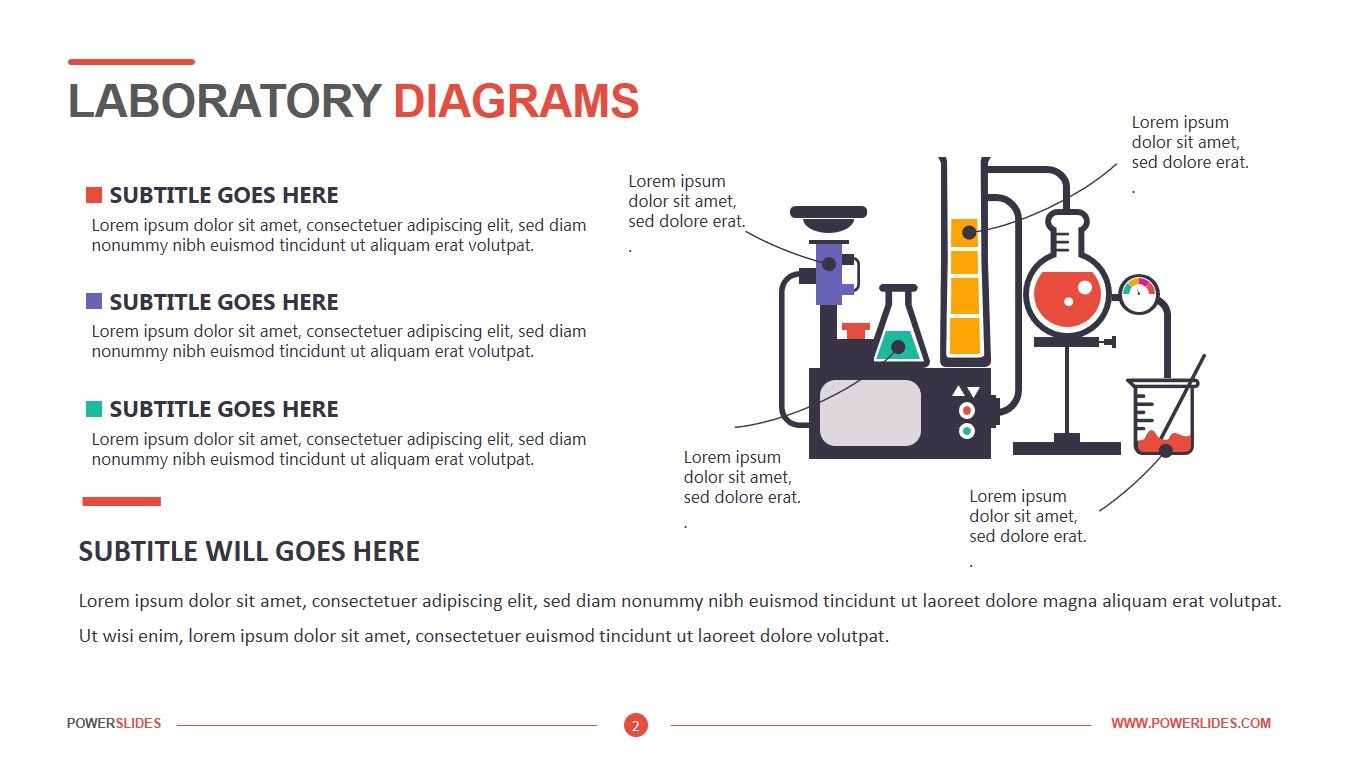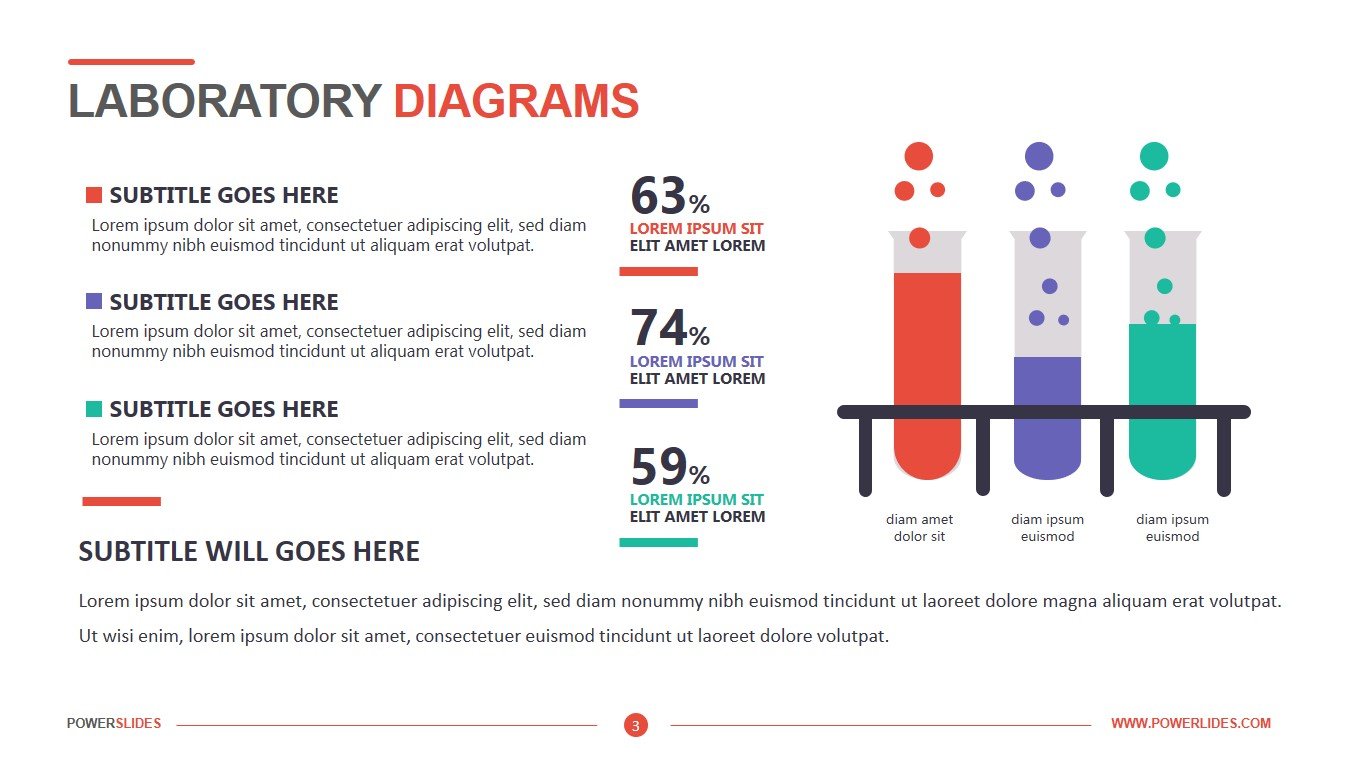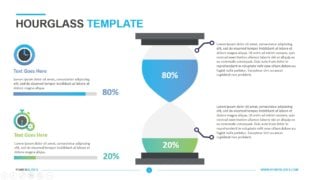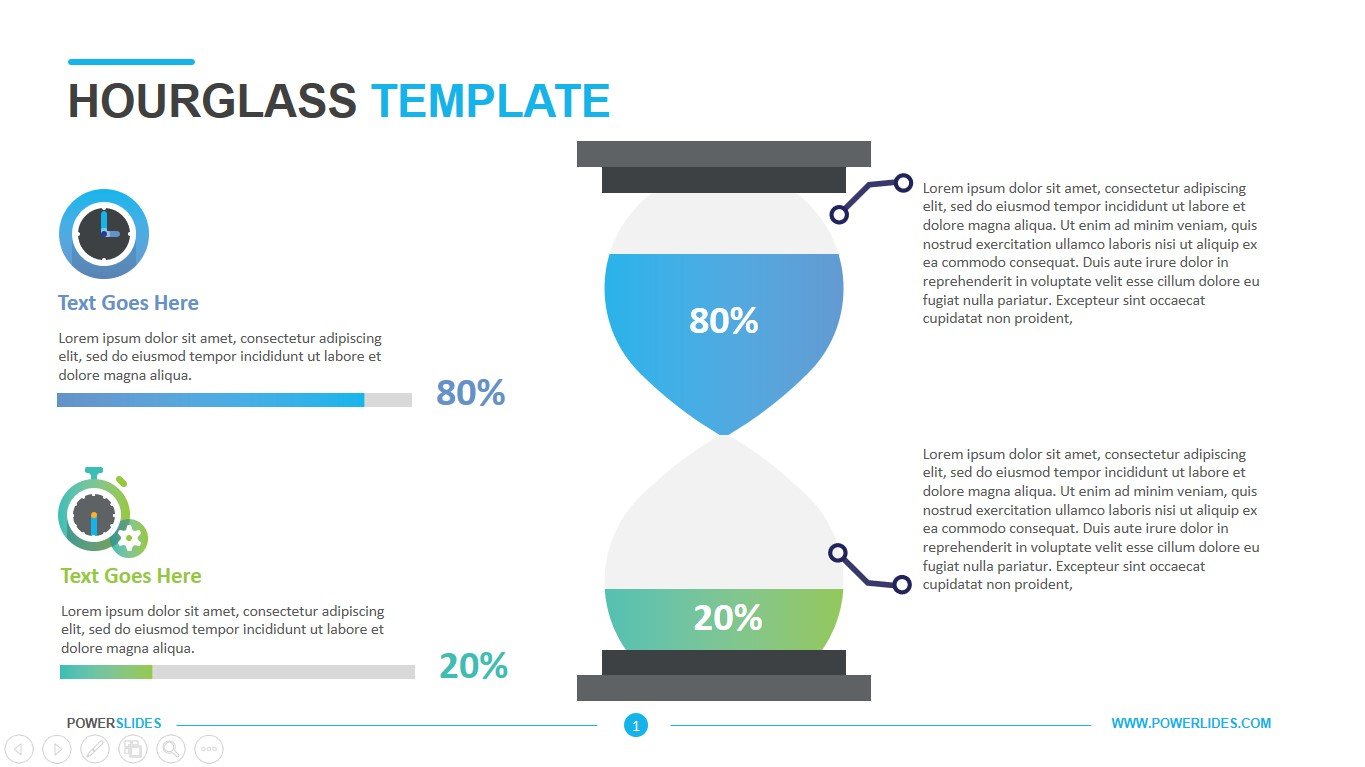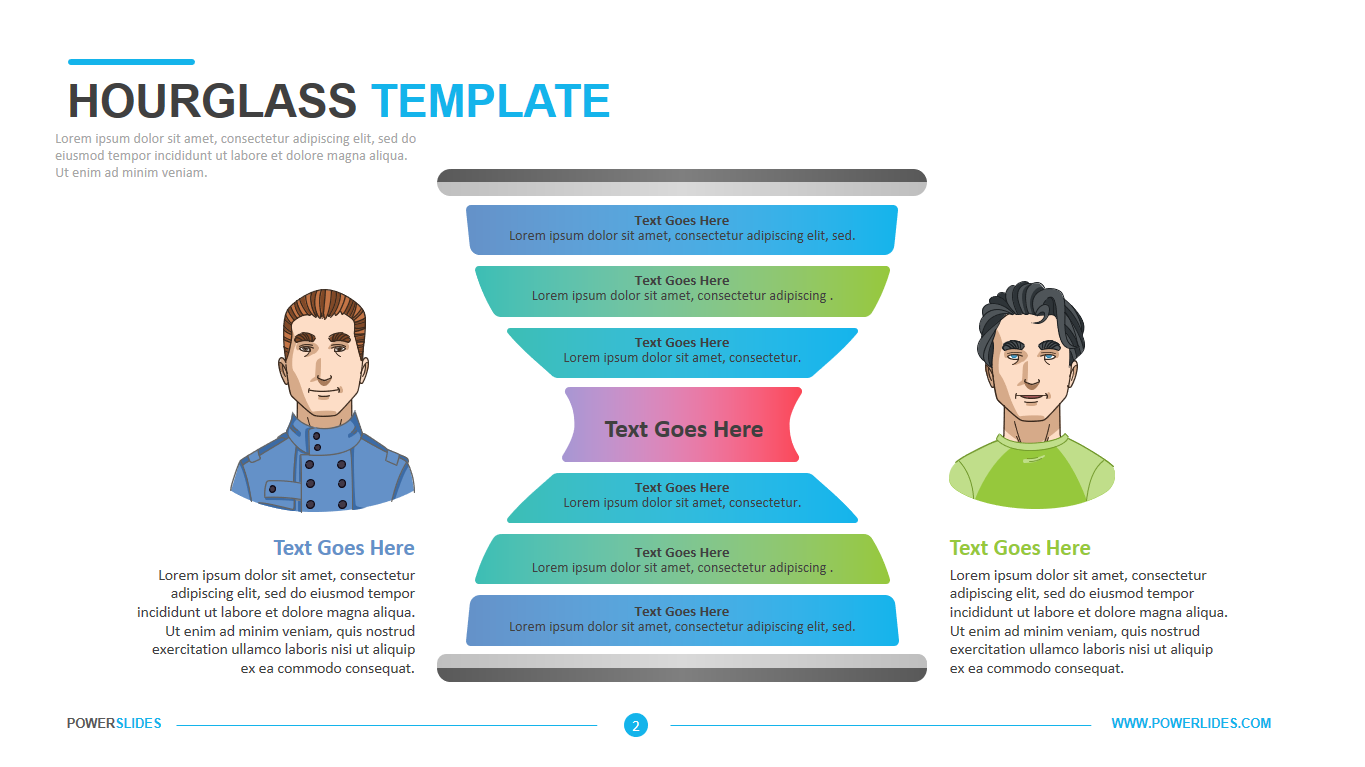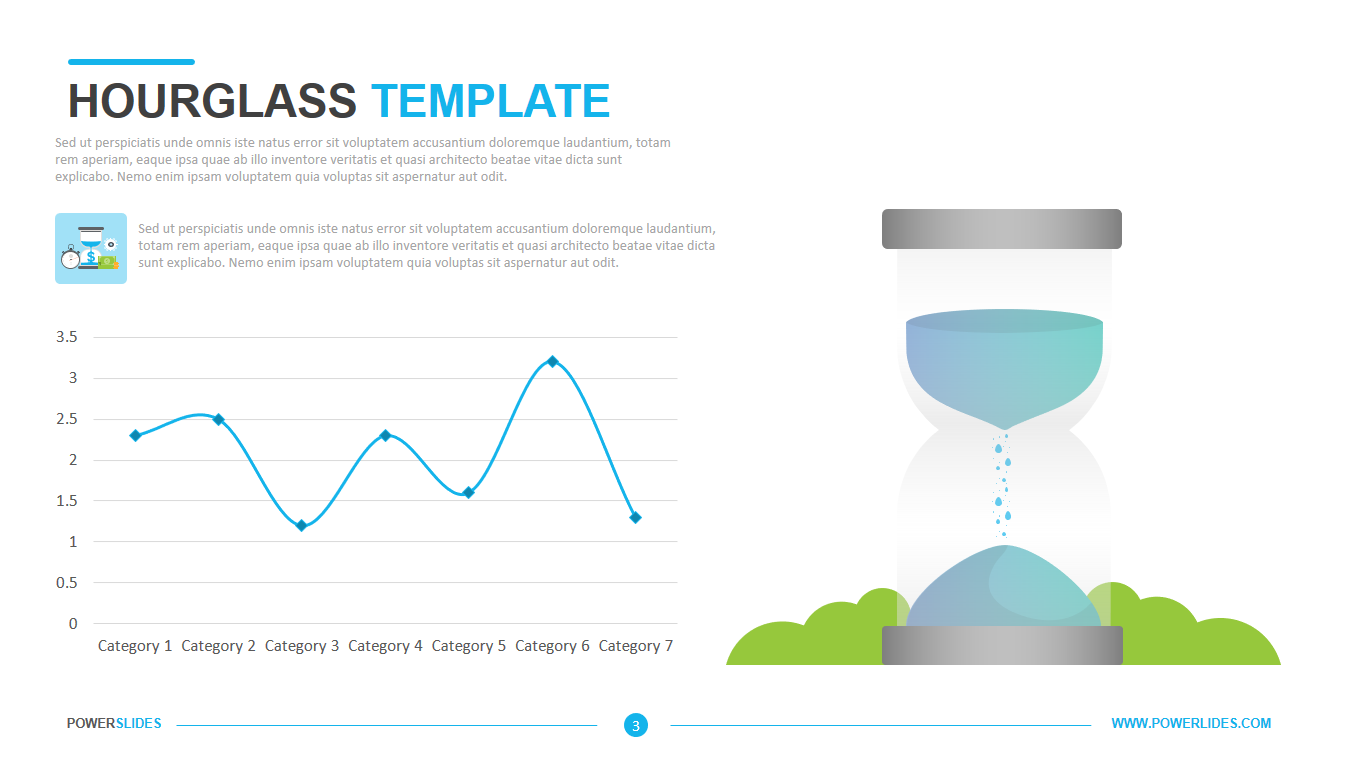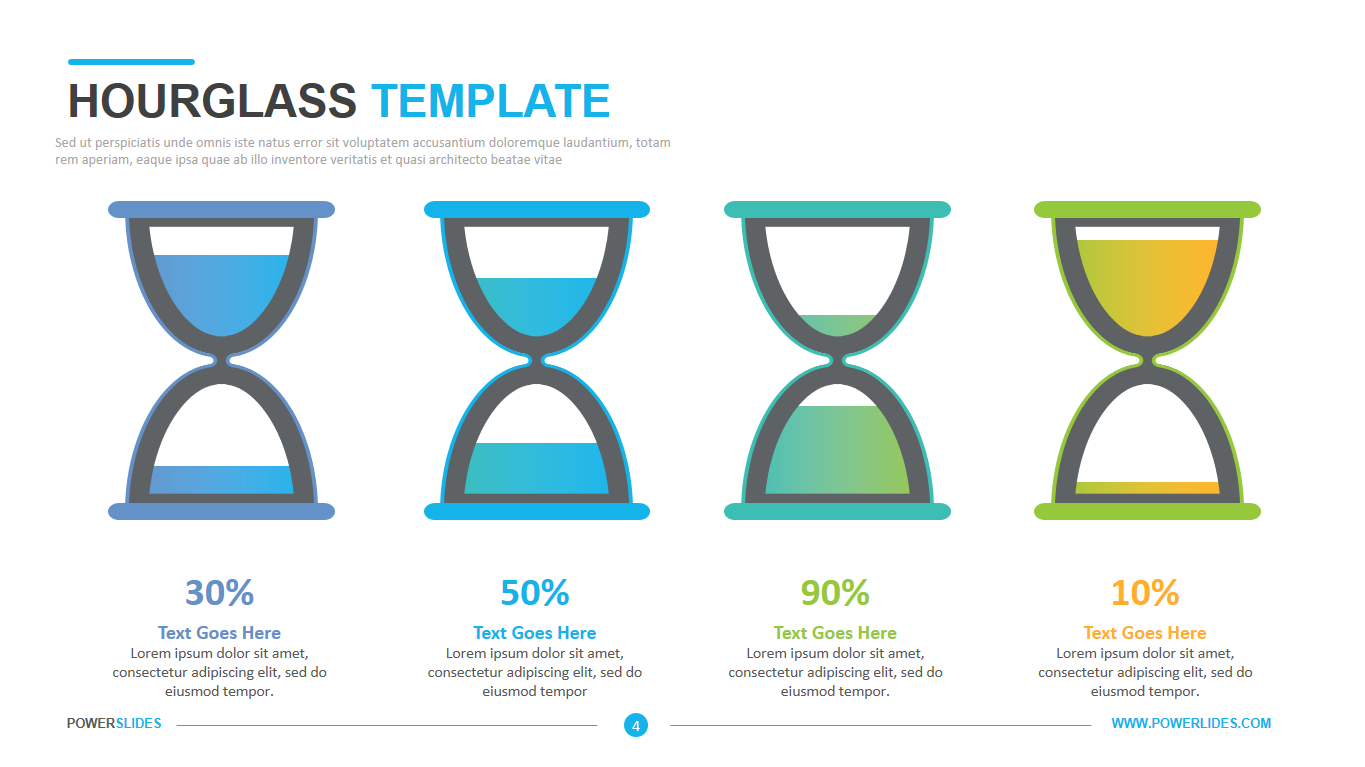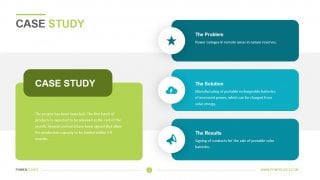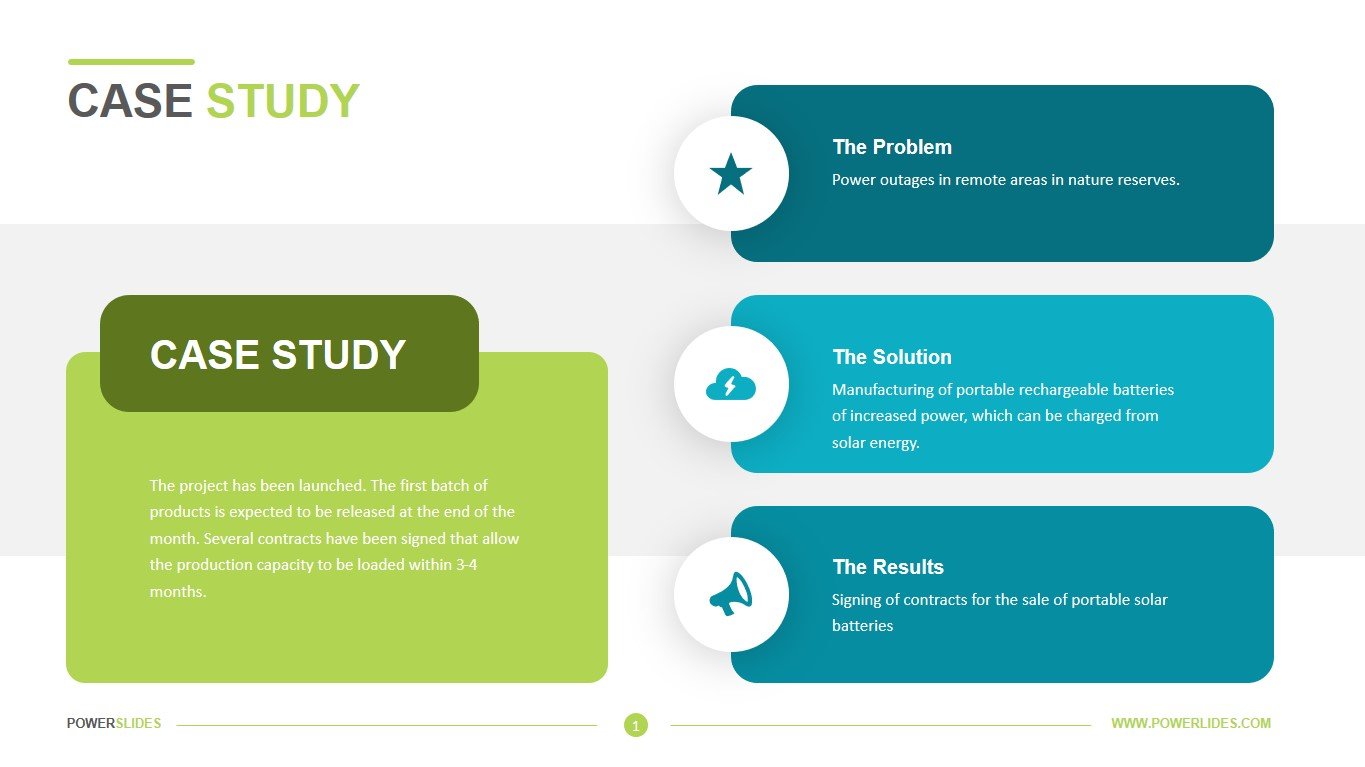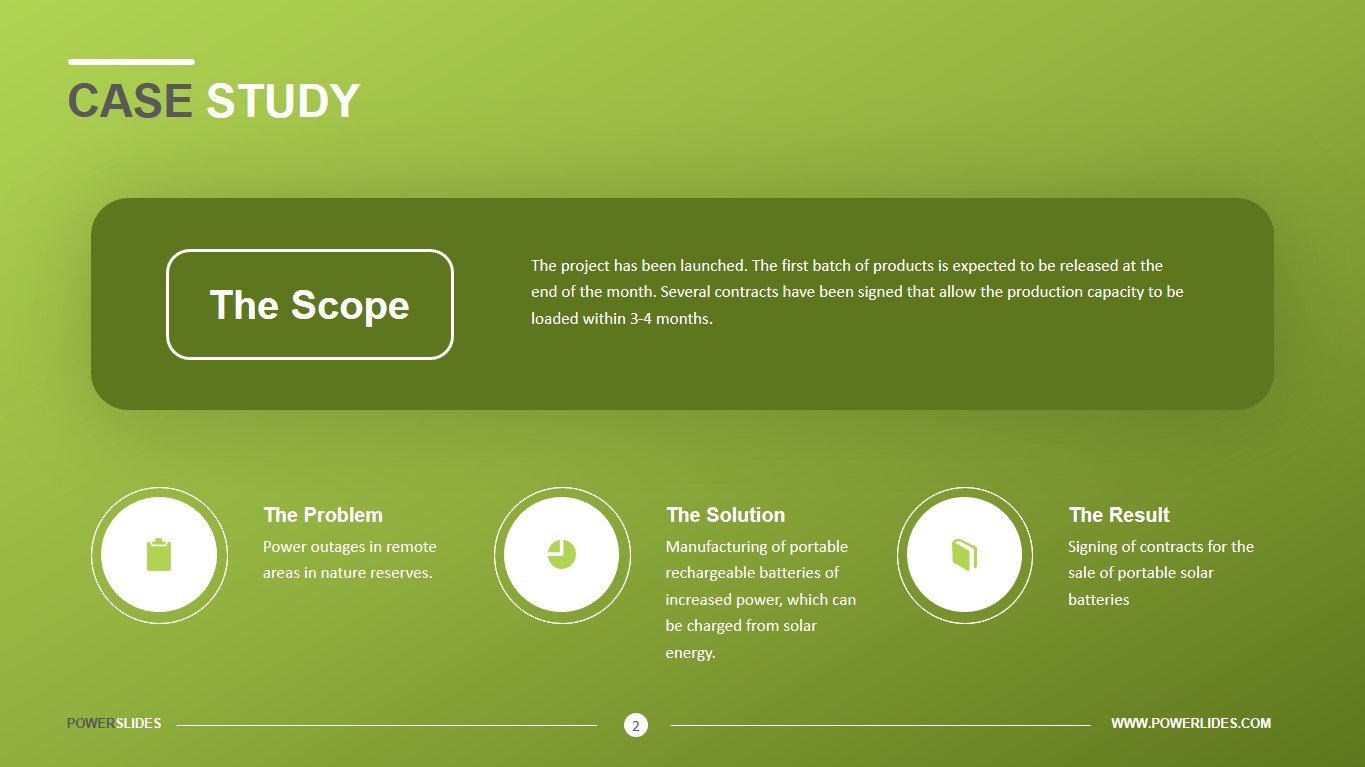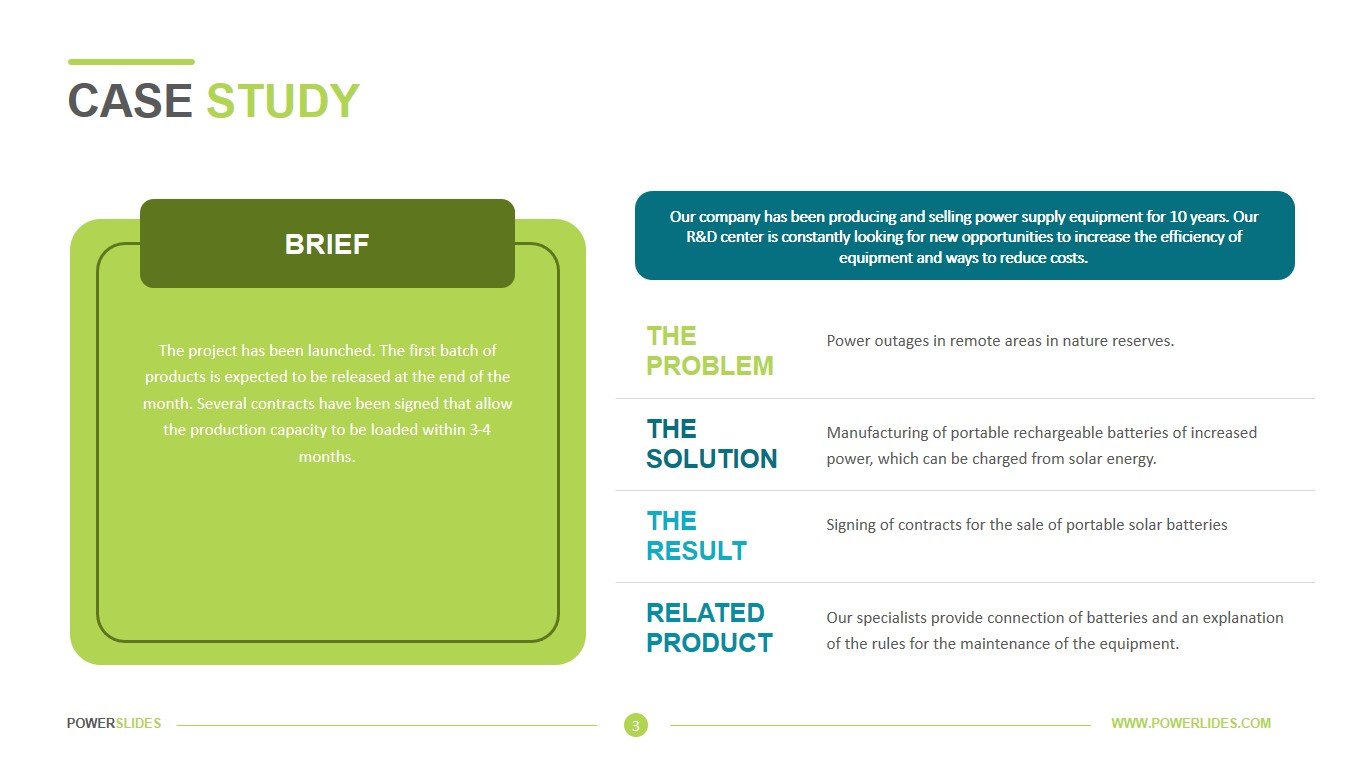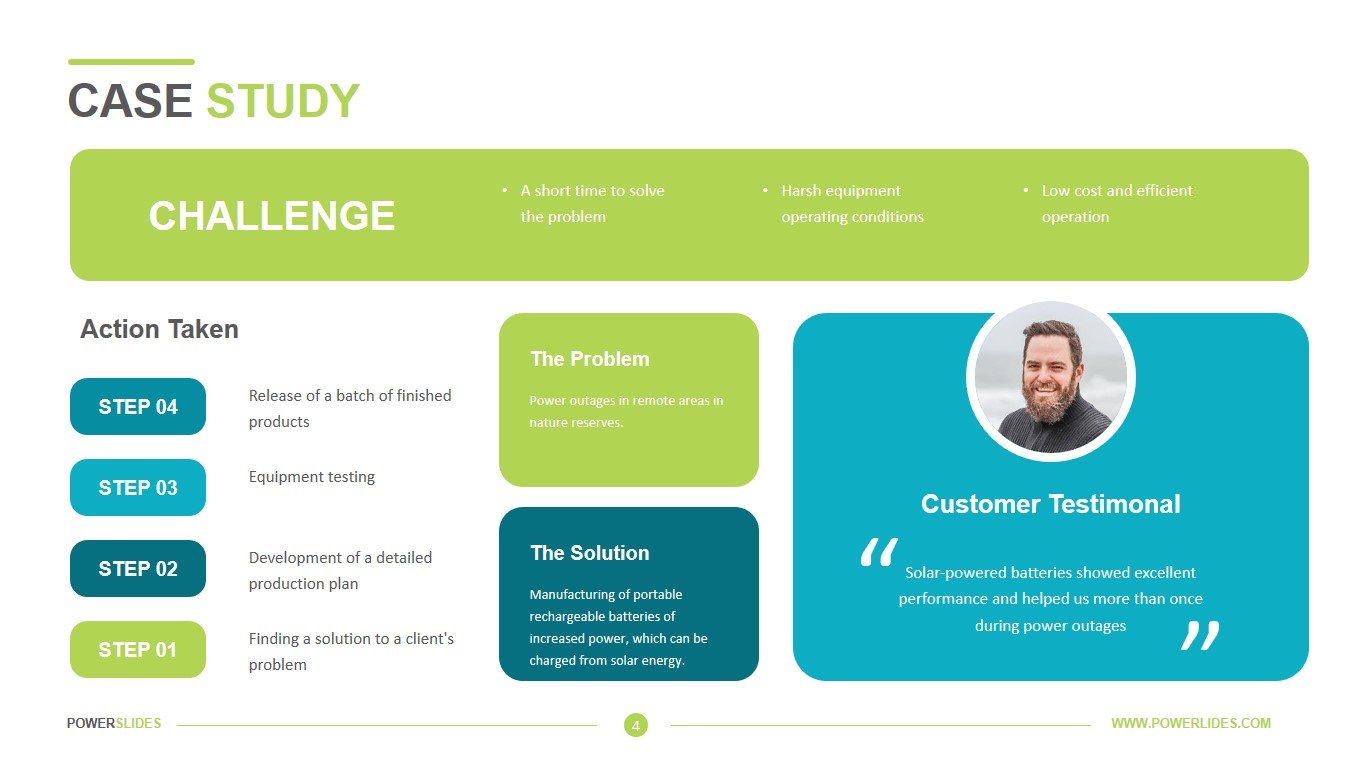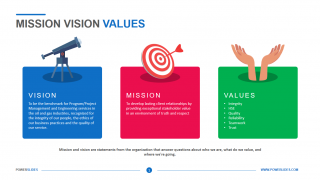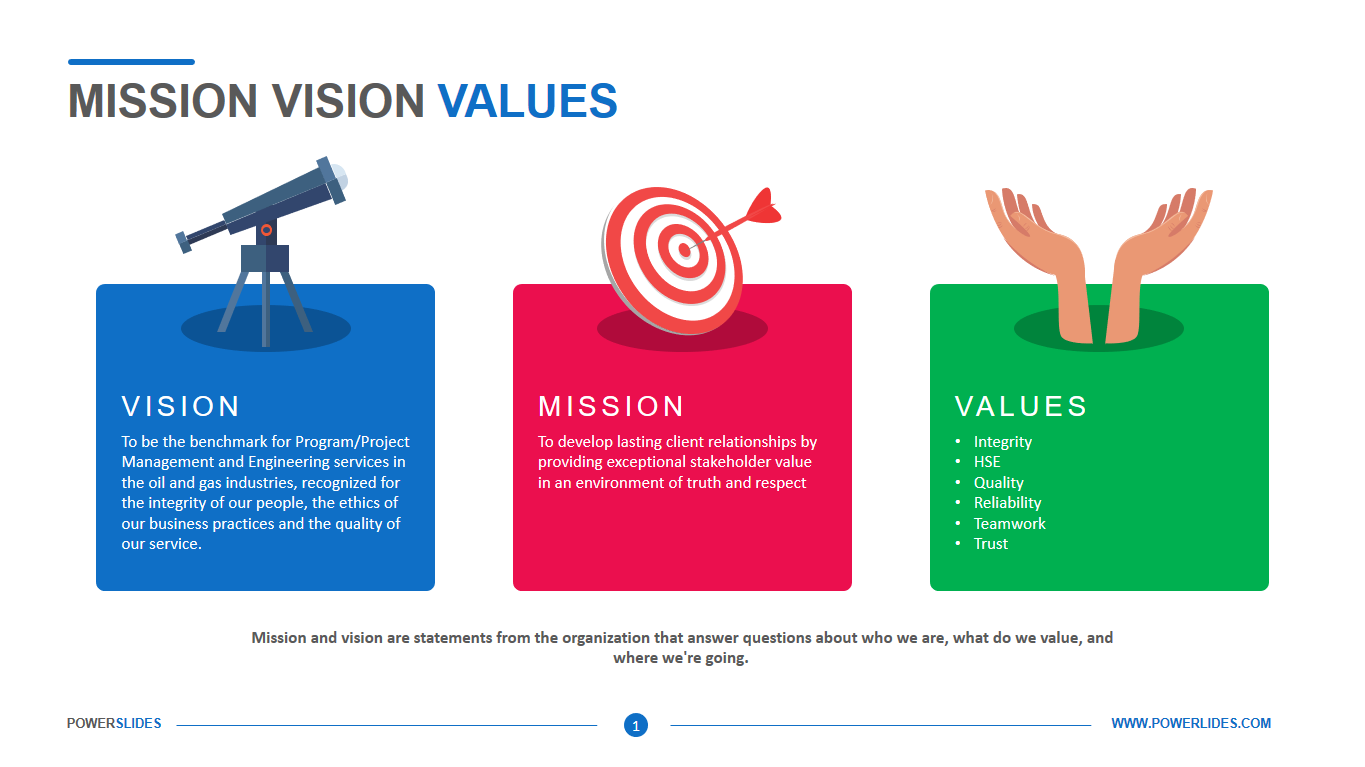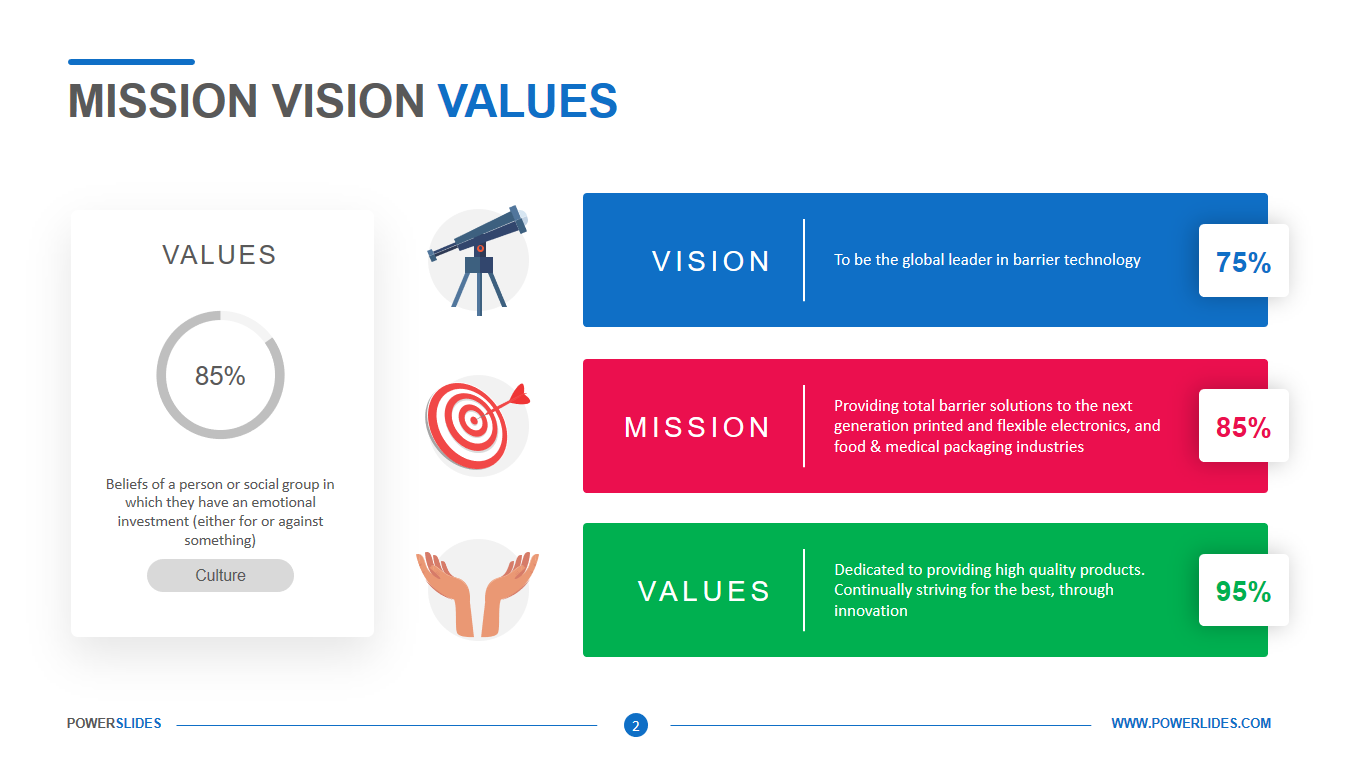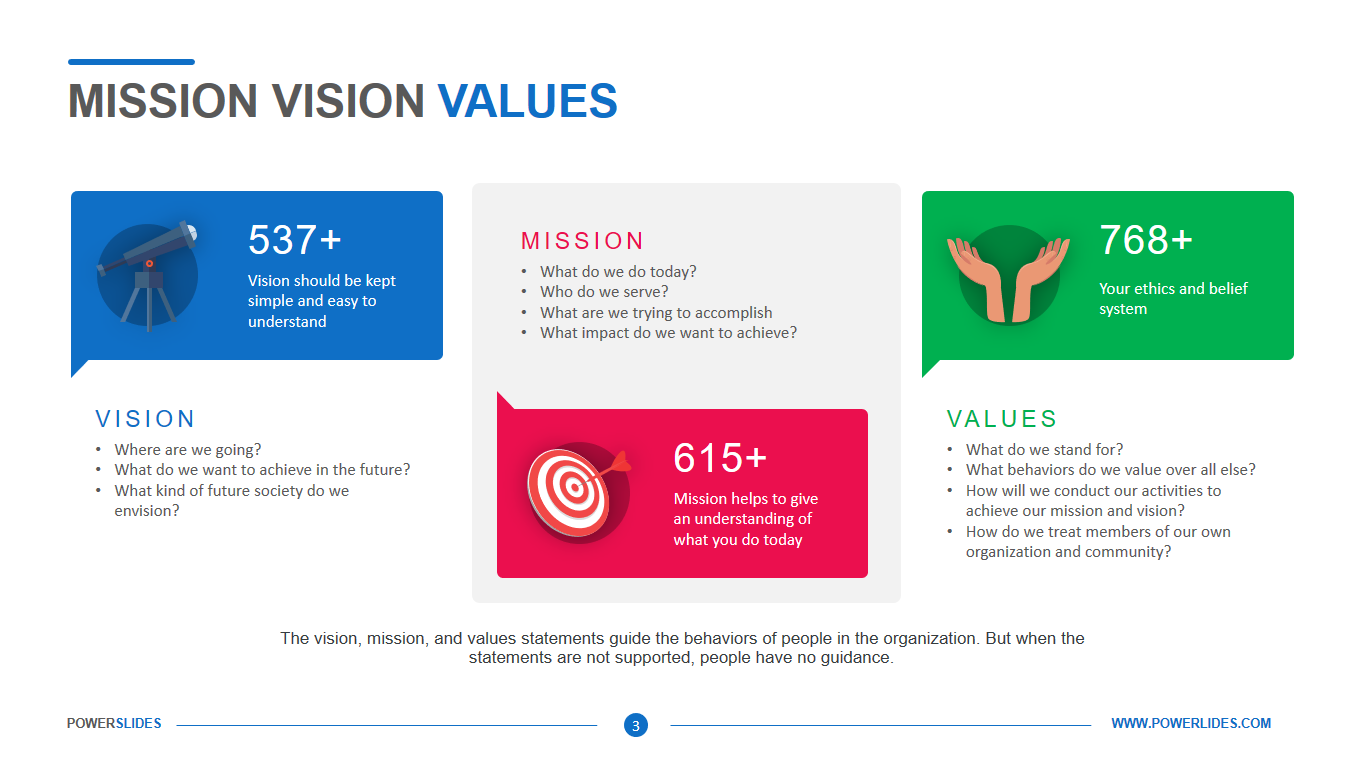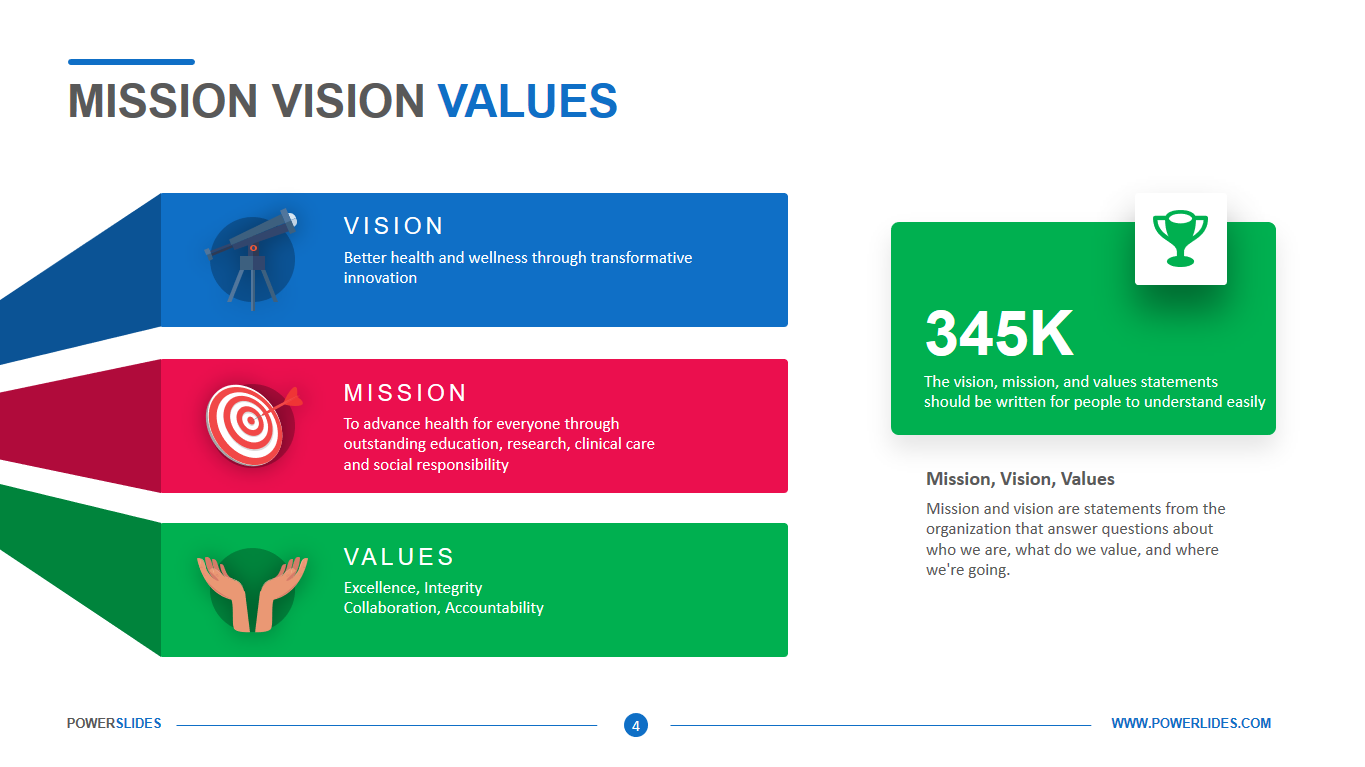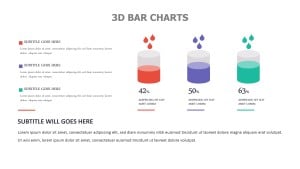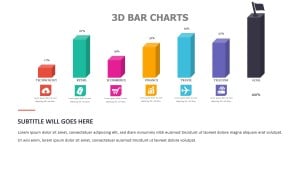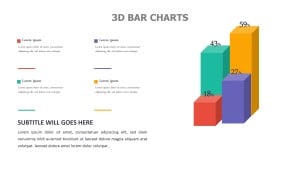Cynefin Framework
 4 Slides
4 Slides
 File size: 16:9
File size: 16:9 
 Fonts: Lato Black, Calibri
Fonts: Lato Black, Calibri  Supported version
PPT 2010, PPT 2013, PPT 2016
Supported version
PPT 2010, PPT 2013, PPT 2016
Product details
Every company or department leader understands that problem solving is not a universal process. But how do you know which approach you should use in a particular situation? And how can you avoid making the wrong decision? Cynefin Framework is one of the tools that helps determine the necessary actions to solve the problem. The Cynefin framework is a problem-solving tool that helps you put situations into five “areas” defined by cause-and-effect relationships. Let’s list these areas – obvious contexts, complicated contexts, complex contexts, chaotic contexts, disorder.
In obvious contexts, your options are clear and cause-and-effect relationships are apparent to everyone involved. Here, there are often explicit steps in place that dictate the next stage of the process. For example, problems encountered at help desks or call centers are often predictable, and there are processes in place to handle most of them. Complicated problems might have several correct solutions. Here, there is a clear relationship between cause and effect, but it may not be visible to everyone, because the problem is complicated. For example, you might see several symptoms of a problem but not know how to fix it. The decision-making approach here is to Sense – Analyze – Respond. In other words, you need to assess the situation, analyze what is known (often with the help of experts), and decide on the best response, using good practice. It might be impossible to identify one correct solution, or spot cause-and-effect relationships, in complex situations. According to Snowden and Boone, many business situations fall into this category. Complex contexts are often unpredictable, and the best approach here is to Probe – Sense – Respond. Rather than trying to control the situation or insisting on a plan of action, it’s often best to be patient, look for patterns, and encourage a solution to emerge. In chaotic situations, no relationship between cause and effect exists, so your primary goal is to establish order and stability. Crisis and emergency scenarios often fall into this domain. The decision-making approach here is to Act – Sense – Respond. You need to act decisively to address the most pressing issues, sense where there is stability and where there isn’t, and then respond to move the situation from chaos to complexity. It can be extremely difficult to identify when you’re in a disorder situation. Here, it isn’t clear which of the other four domains is dominant, and people generally rely on decision-making techniques that are known and comfortable. Your primary goal in this situation is to gather more information, so that you can move into a known domain and then take the appropriate action.
The first slide of the Cynefin Framework template contains the general characteristics of this technique. You can apply this pattern when listing different decision making methods. For example, this slide will be useful when preparing a course on project management or crisis management. The second and fourth slides of this template provide an opportunity to classify the problem in detail and describe the solutions. This slide will be useful for crisis managers and heads of various departments when preparing reports on actions in a crisis. The third slide of the template is presented in the form of a table. This arrangement of data helps the audience to easily perceive large amounts of information when comparing the risks for each area.





